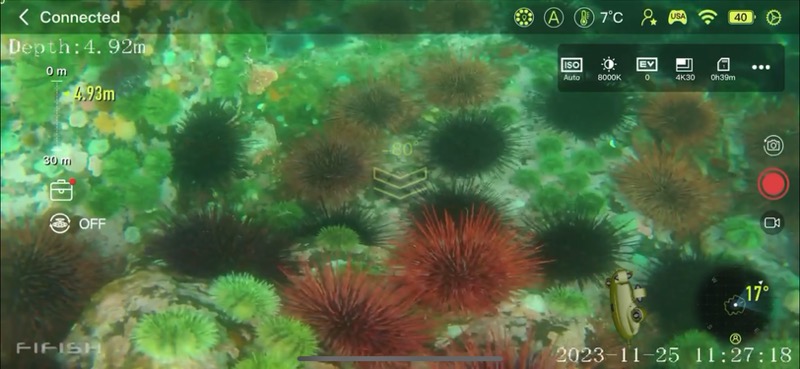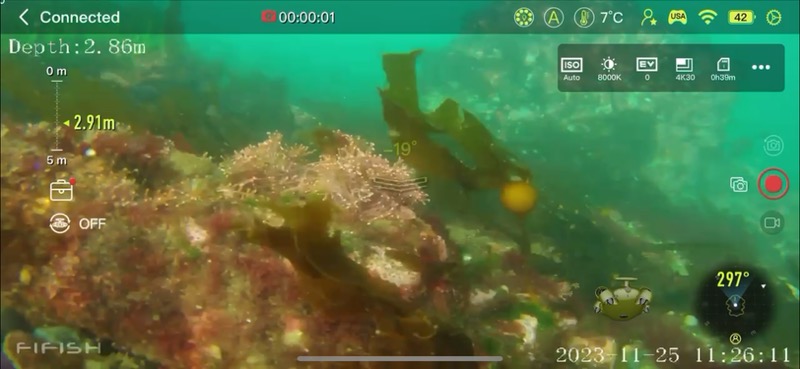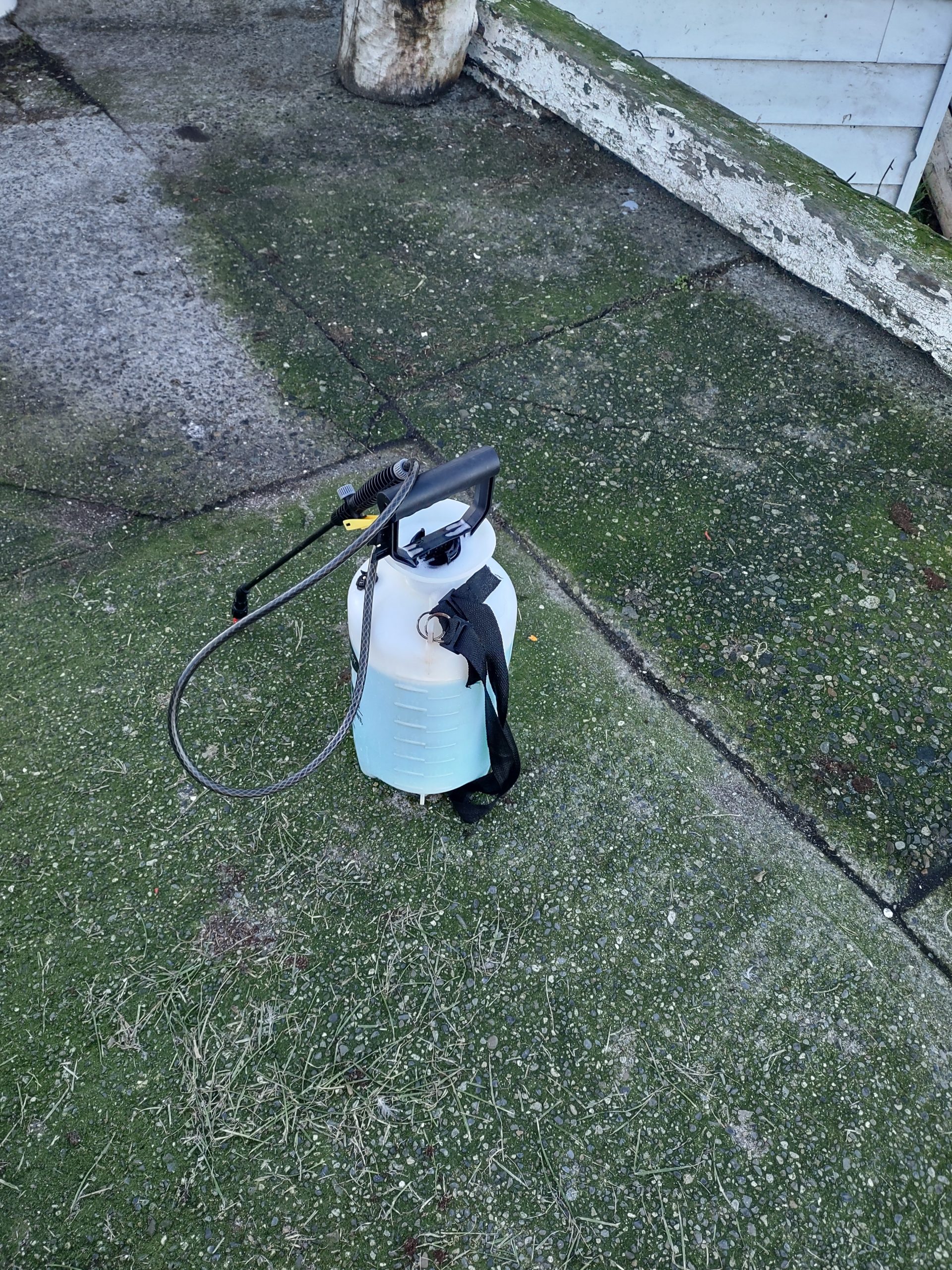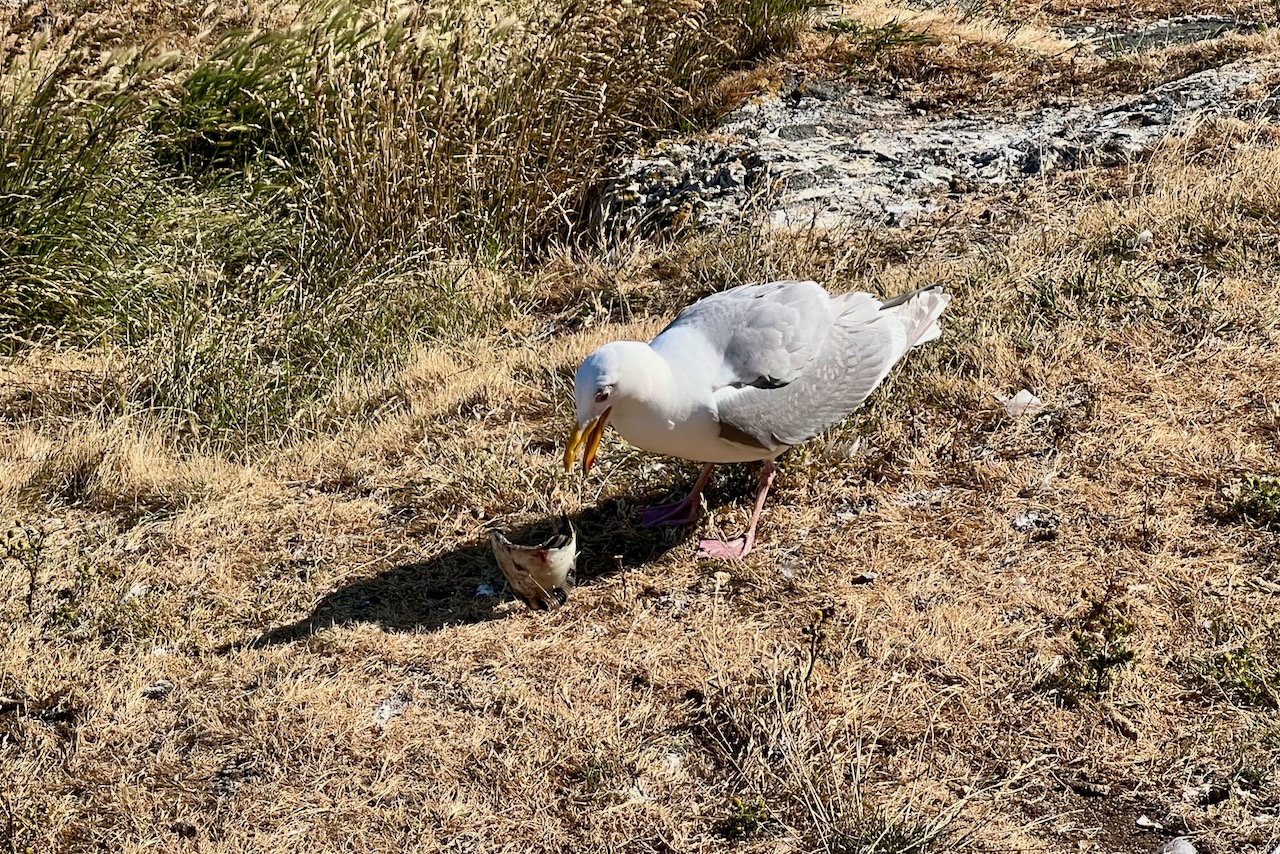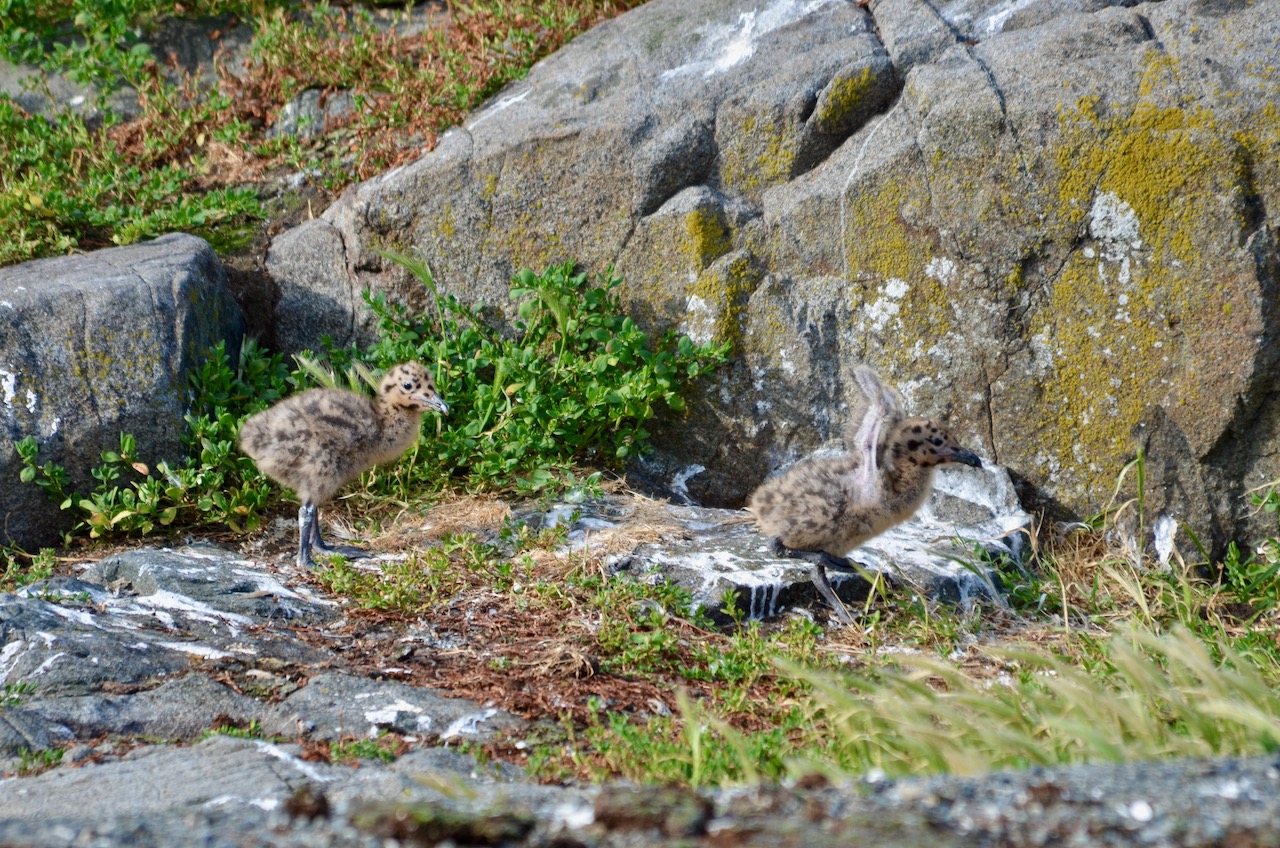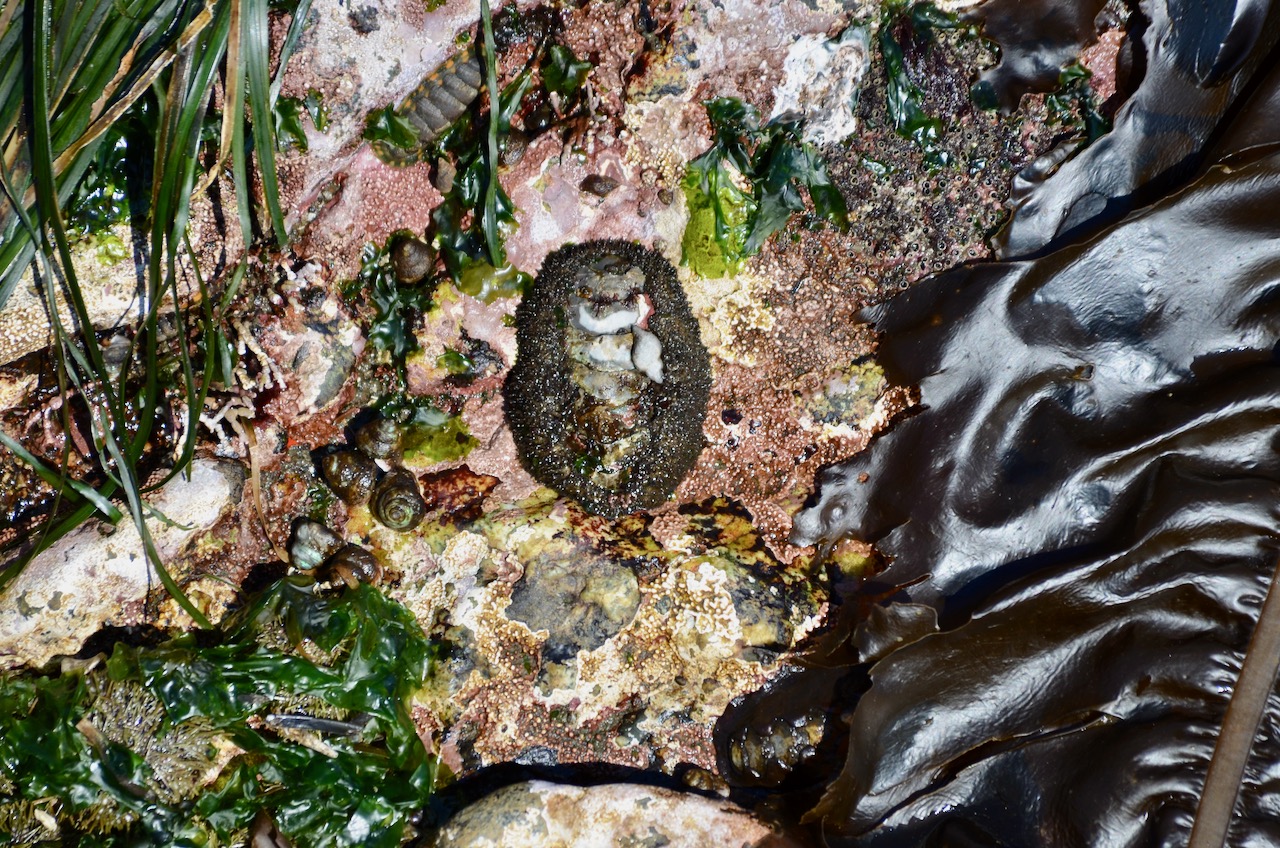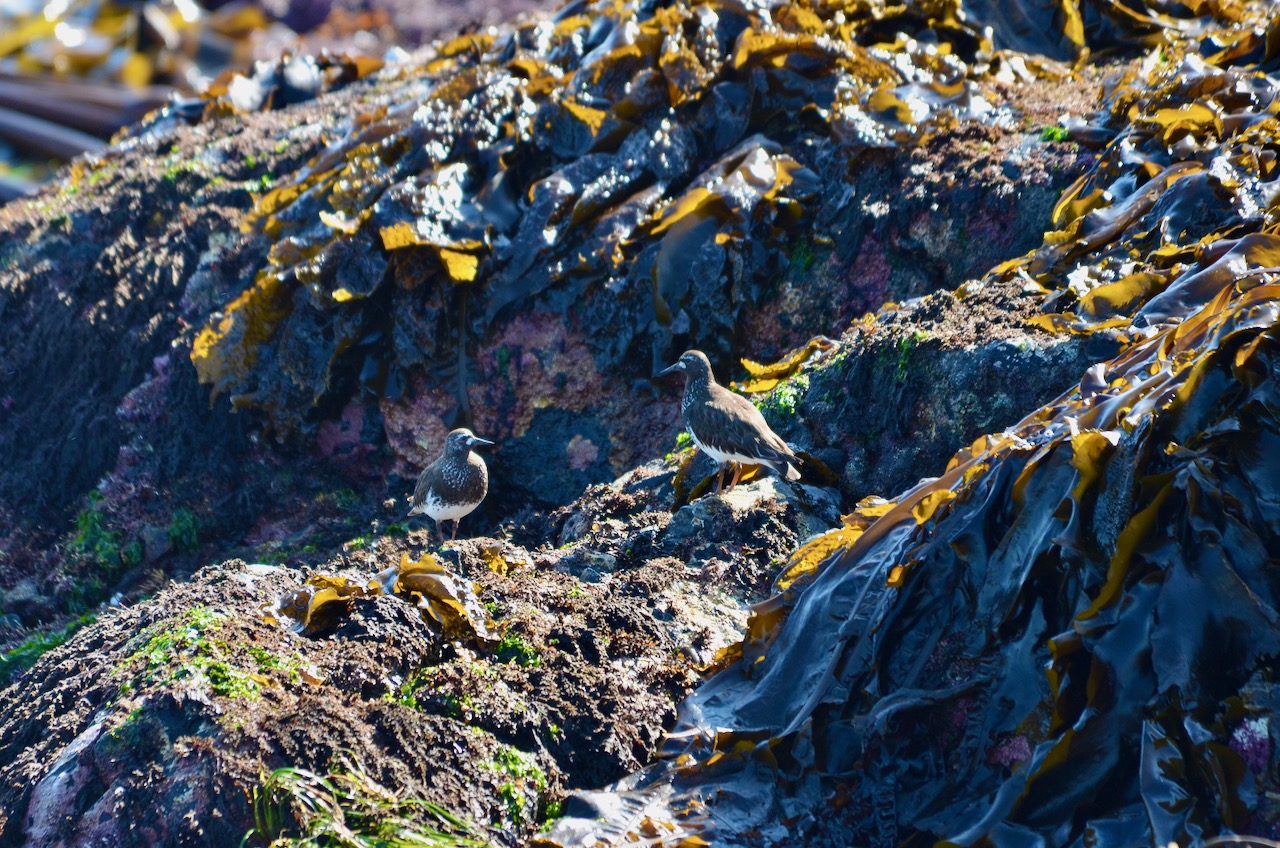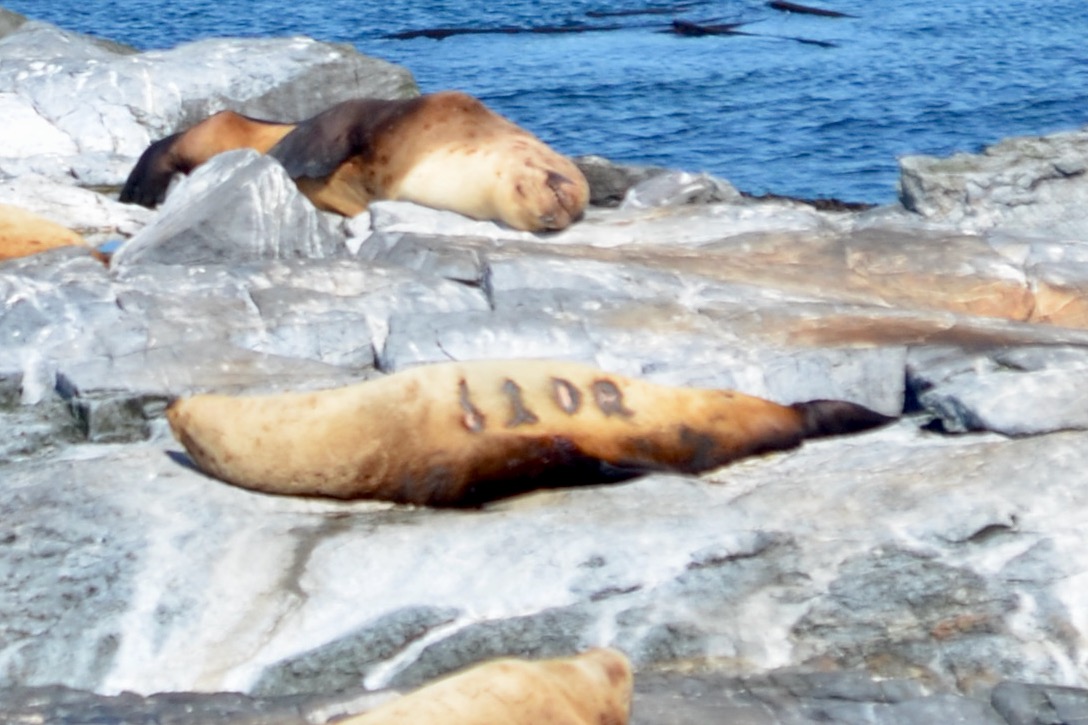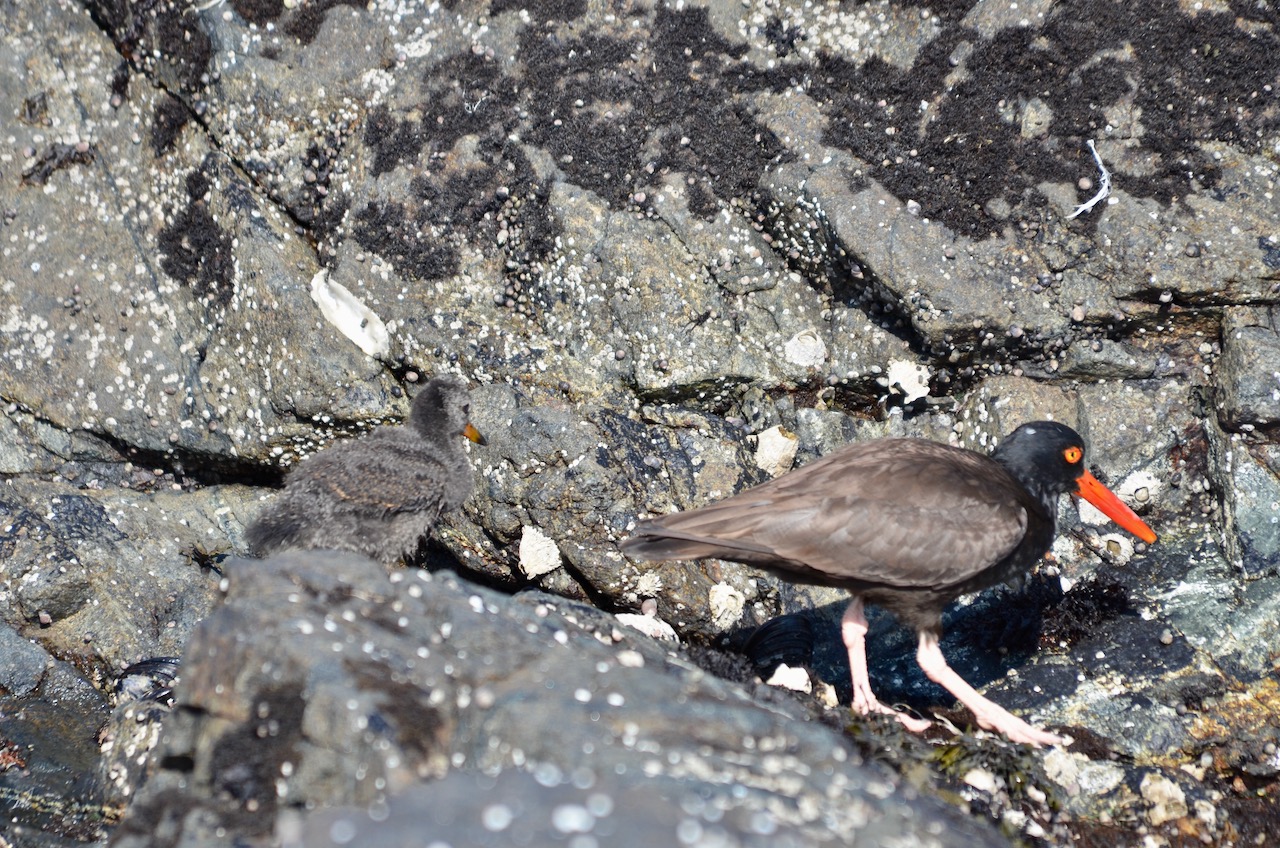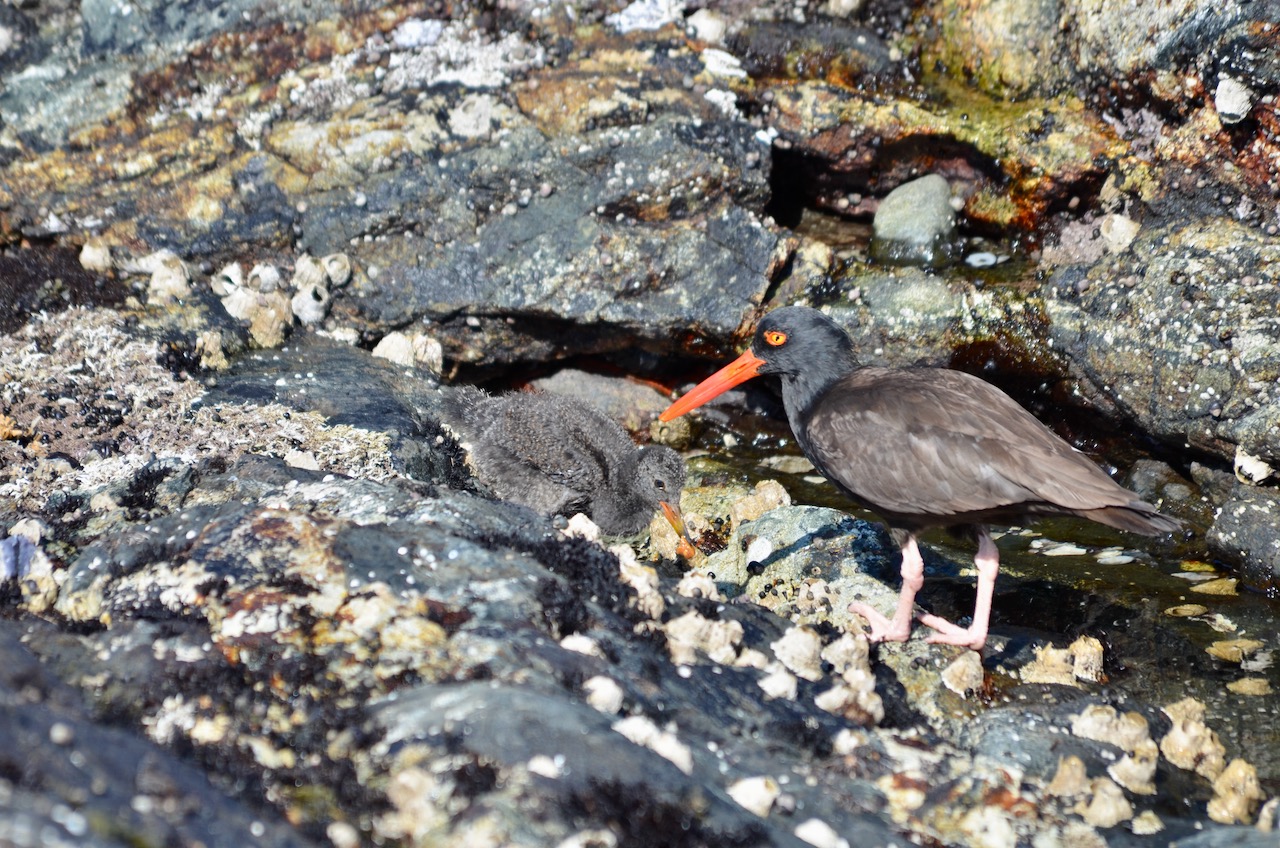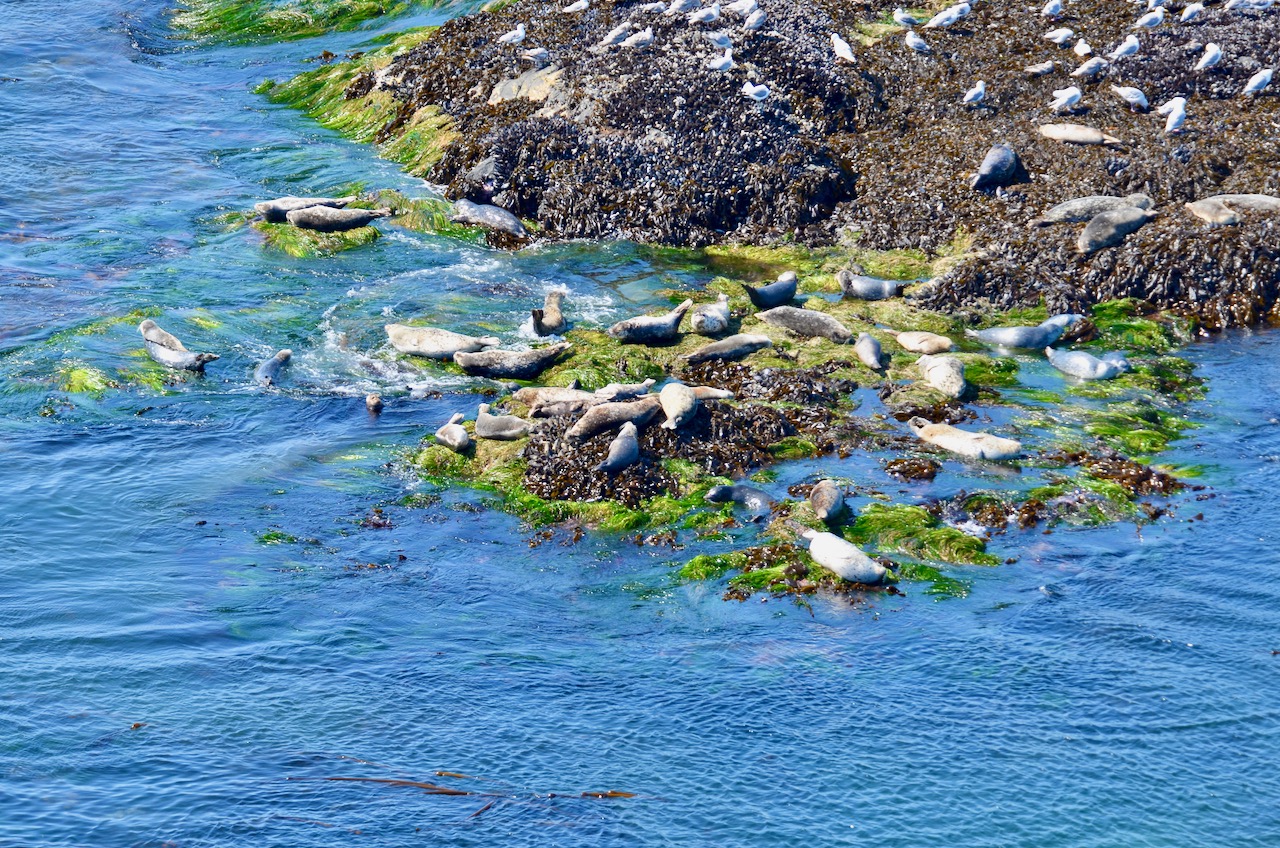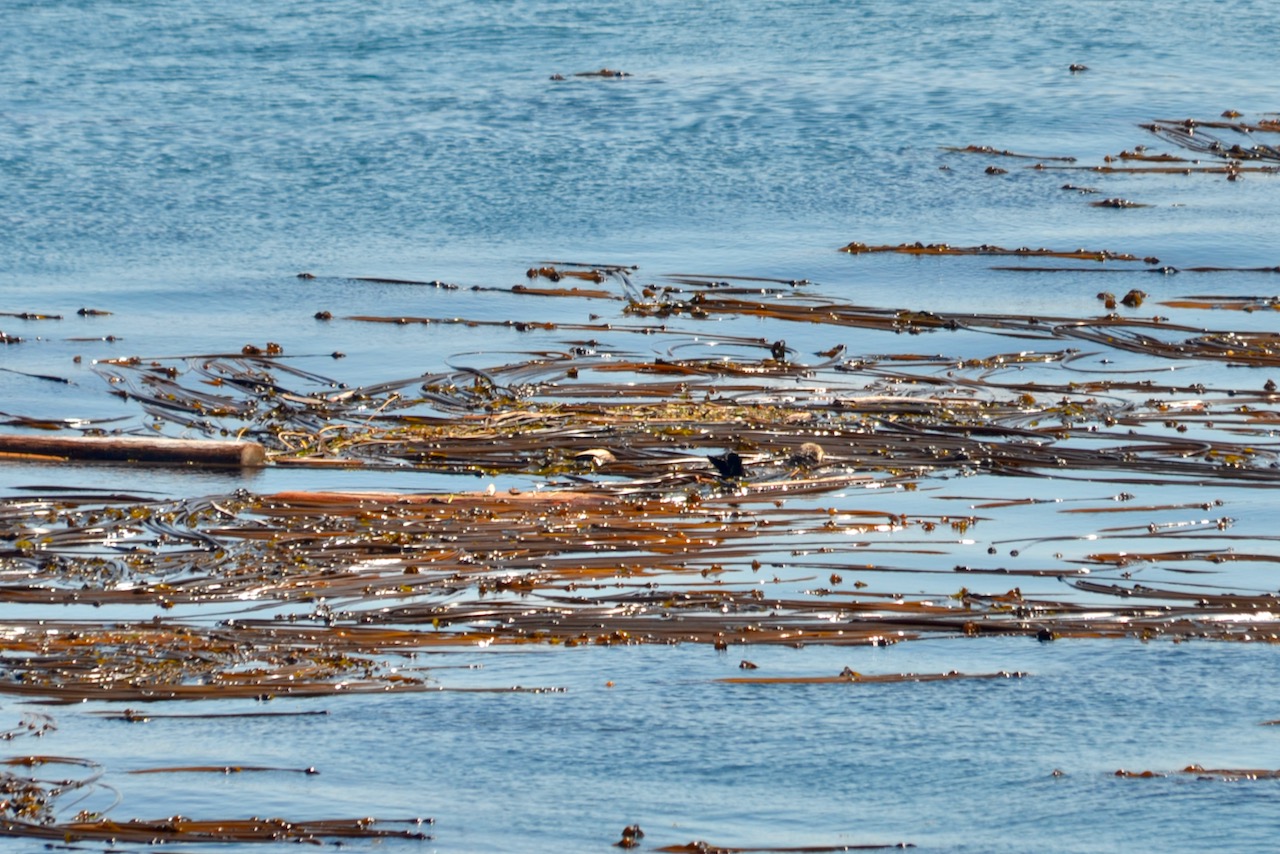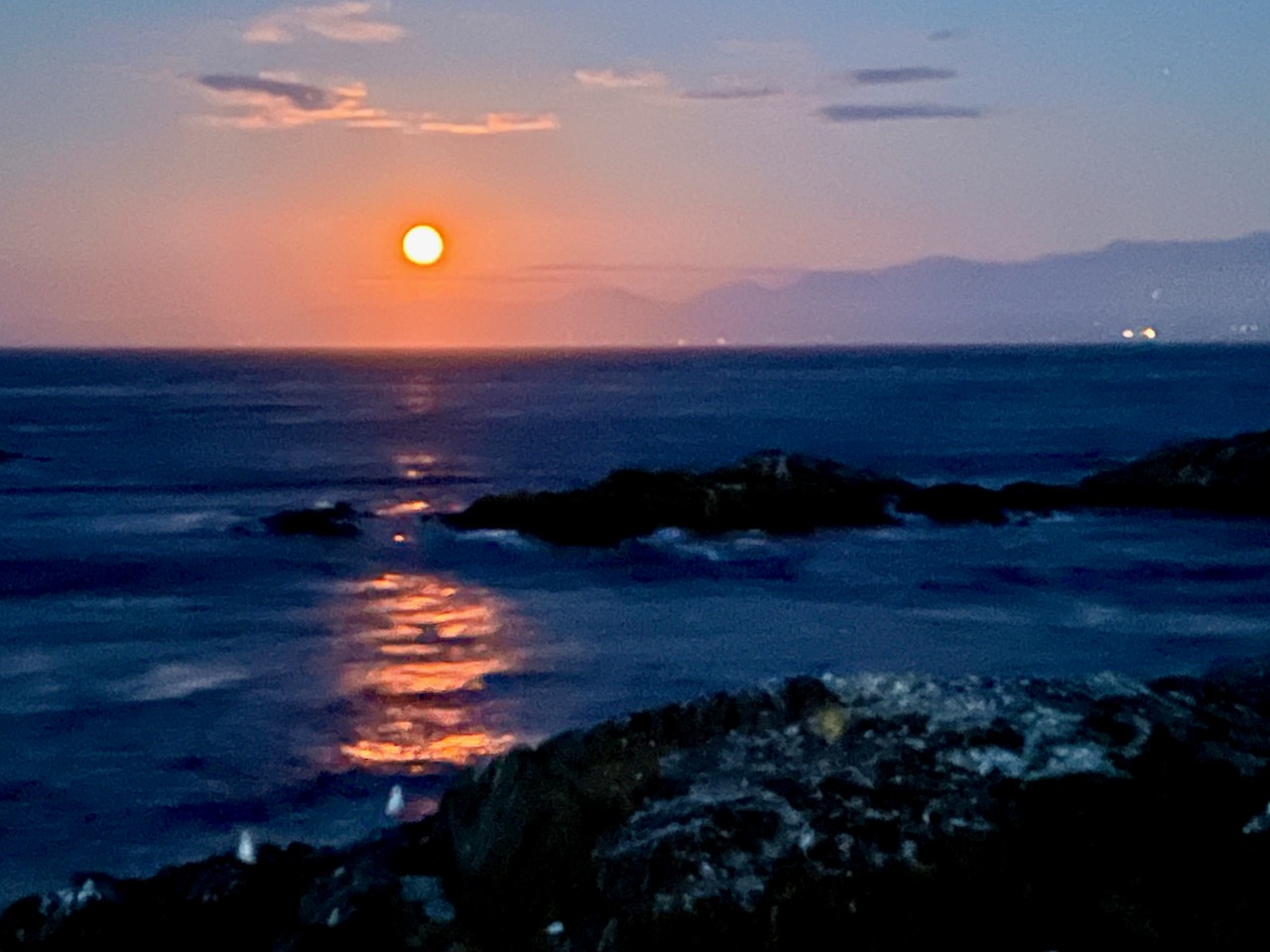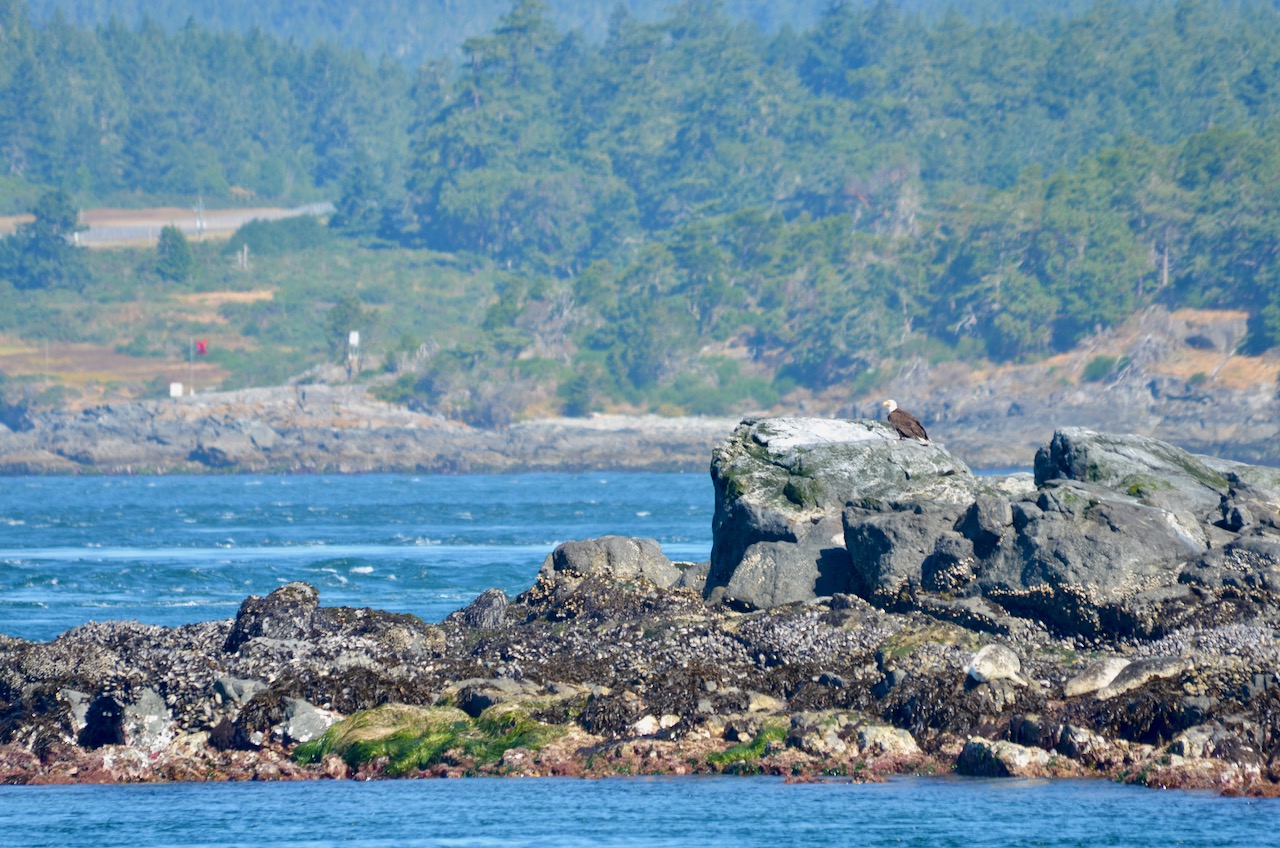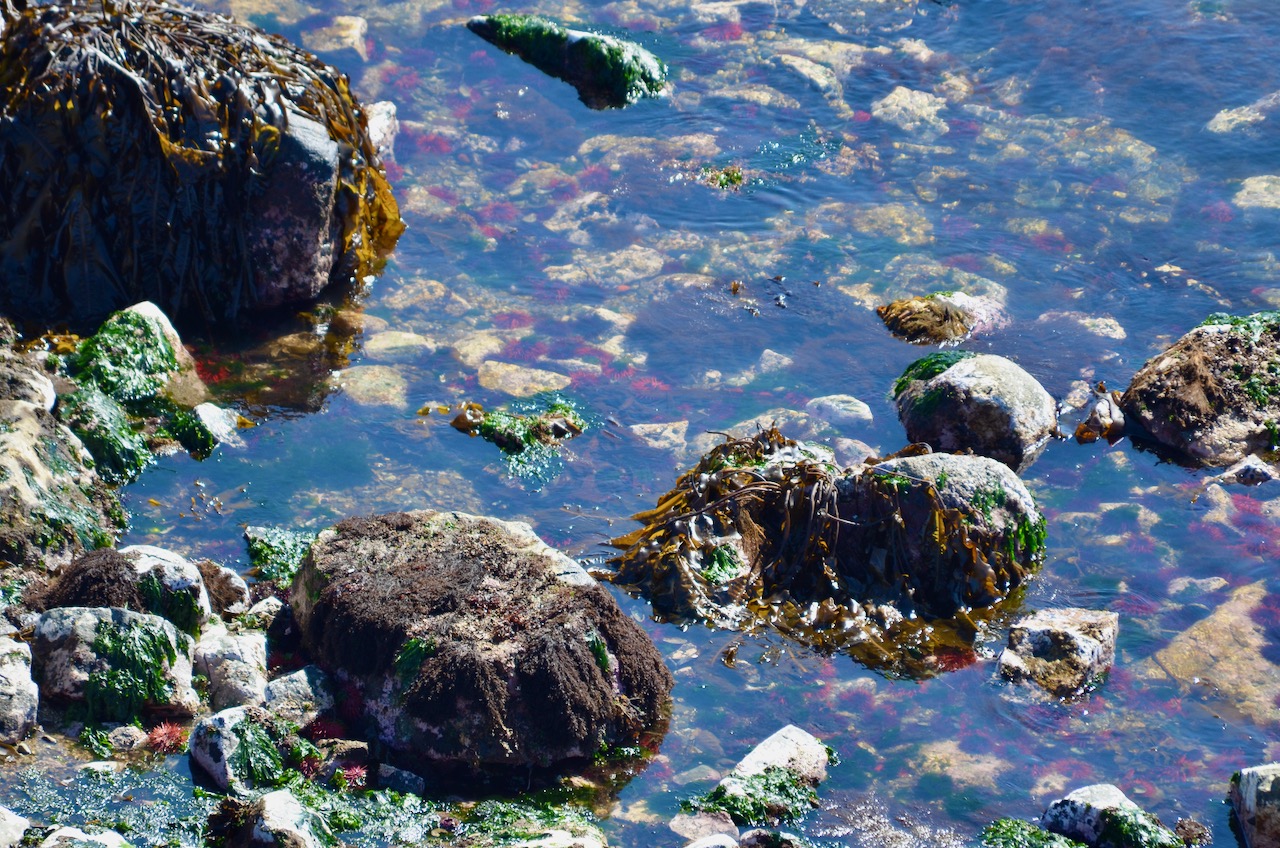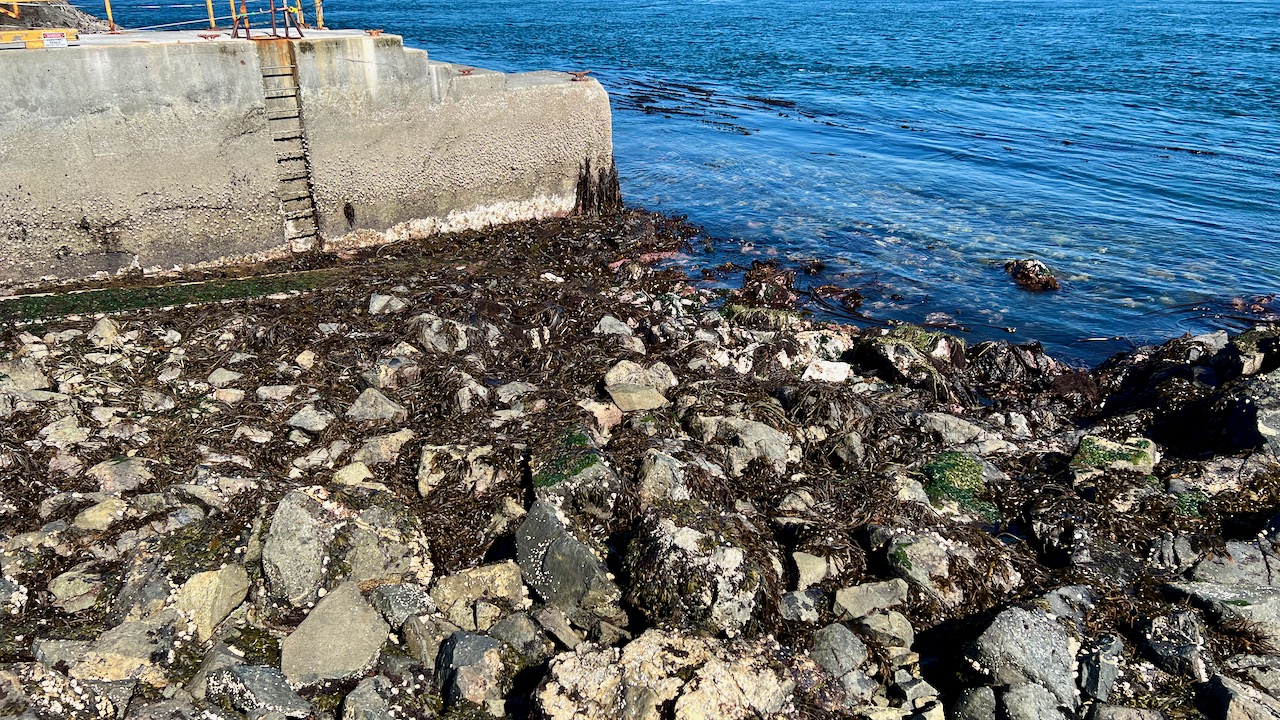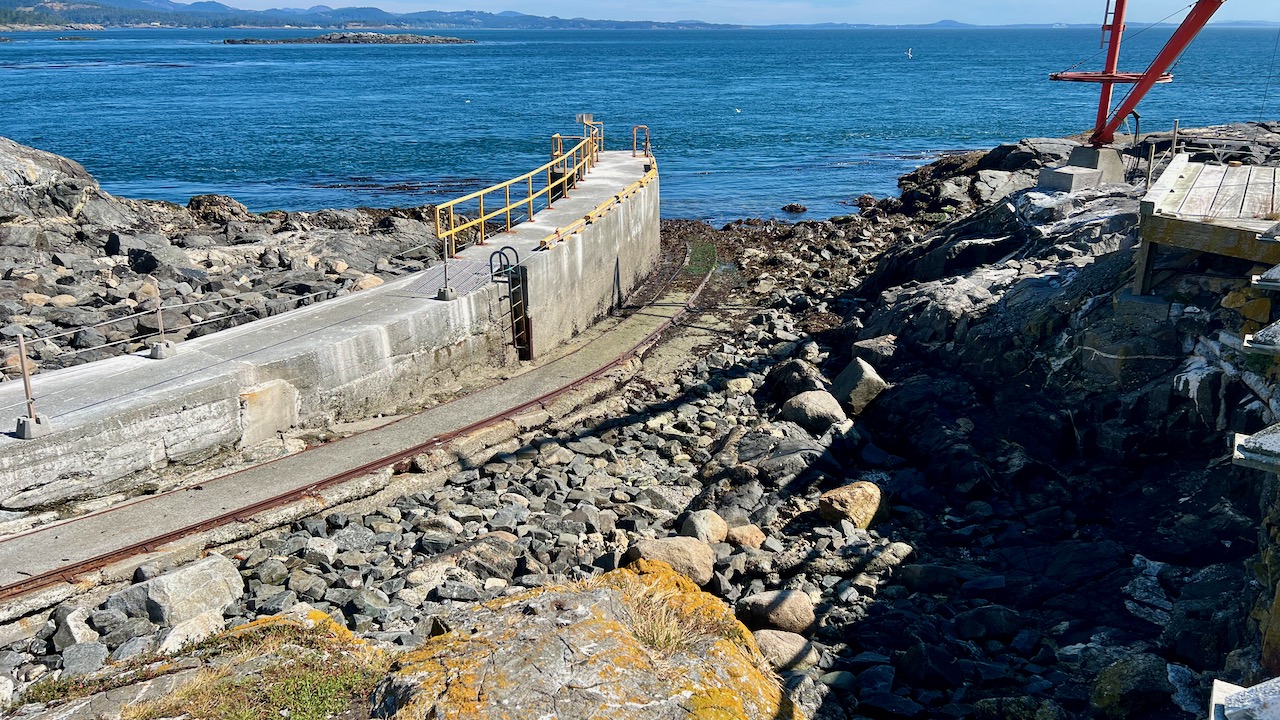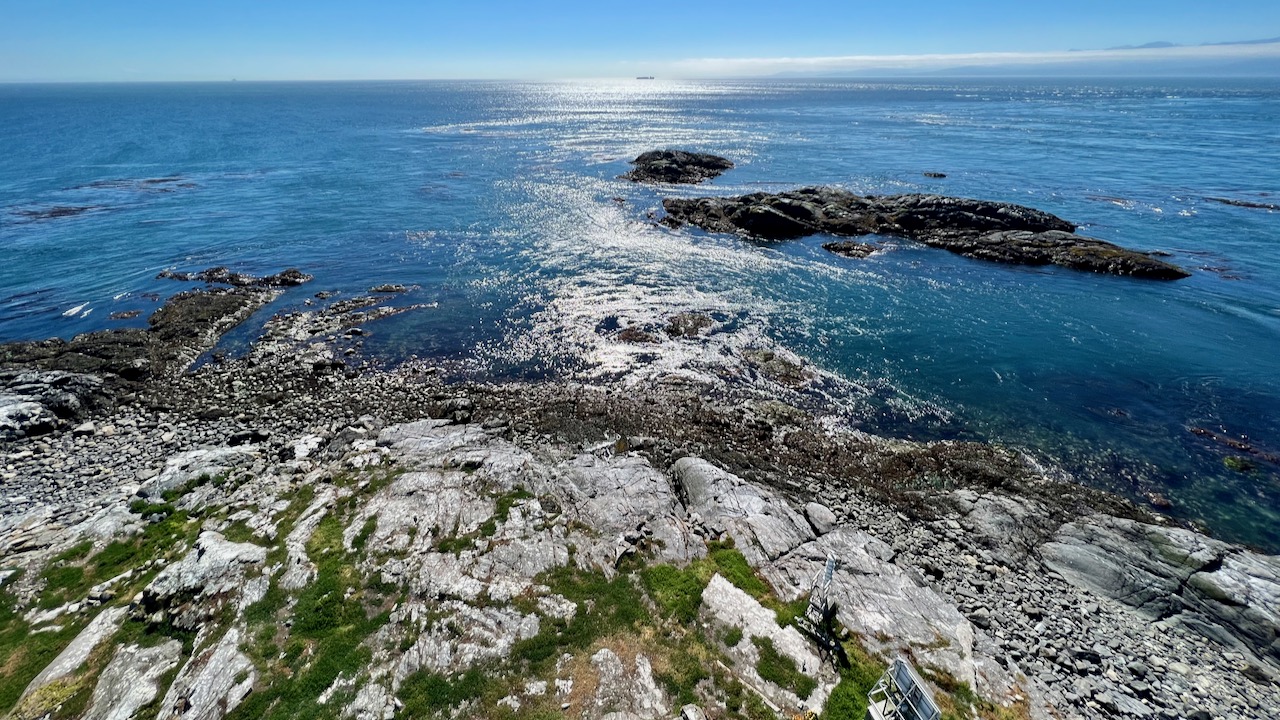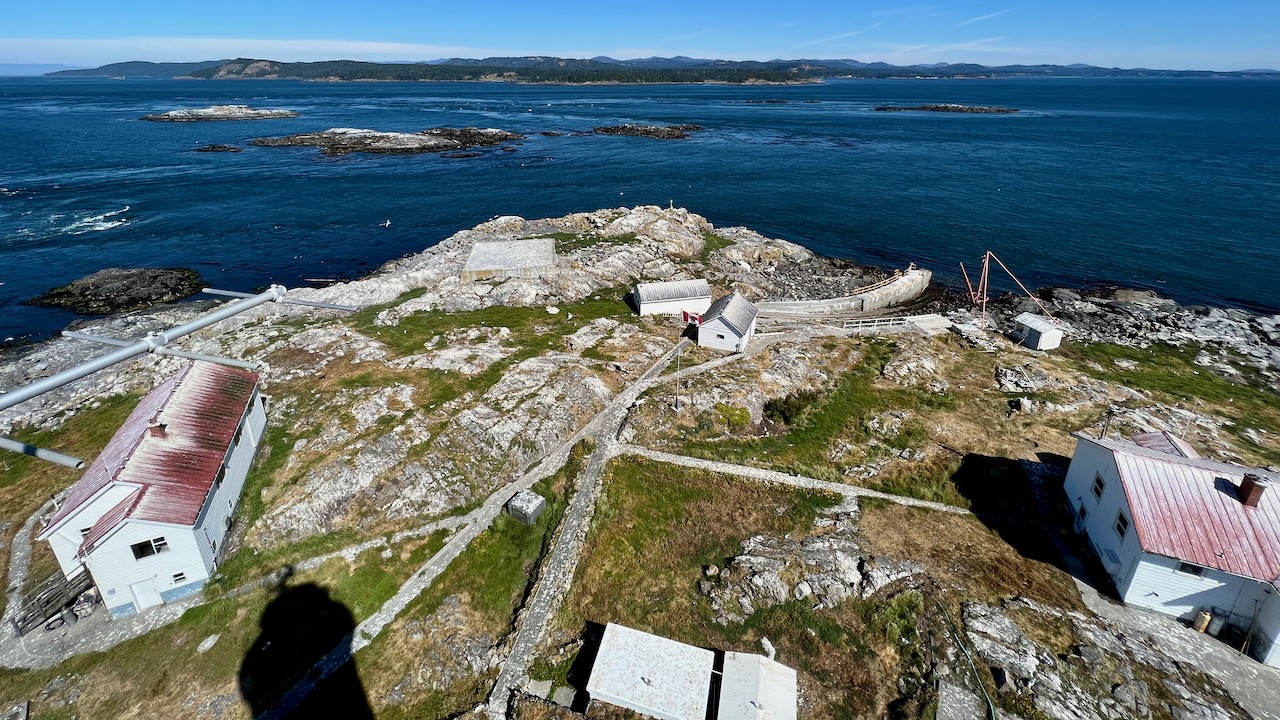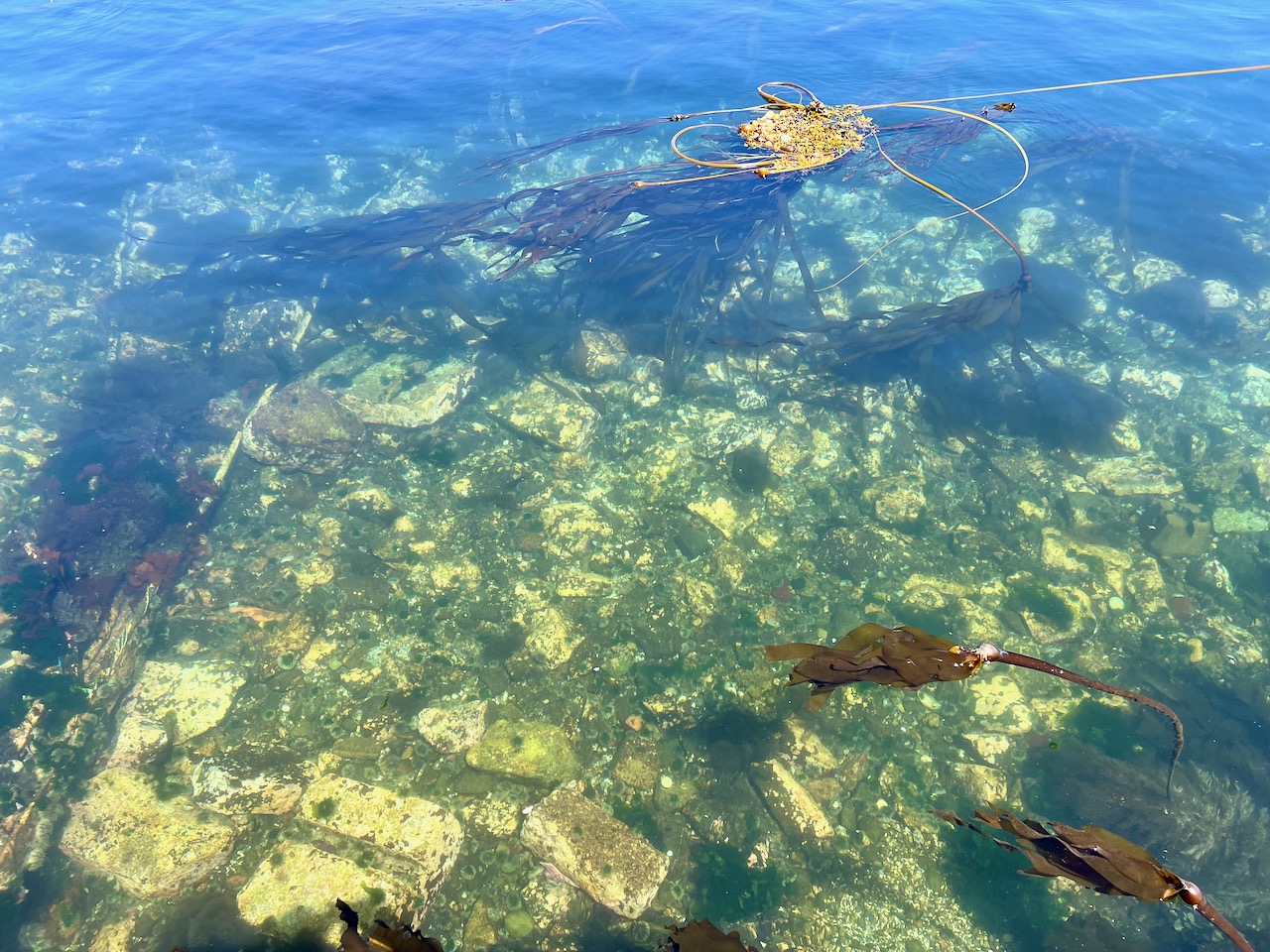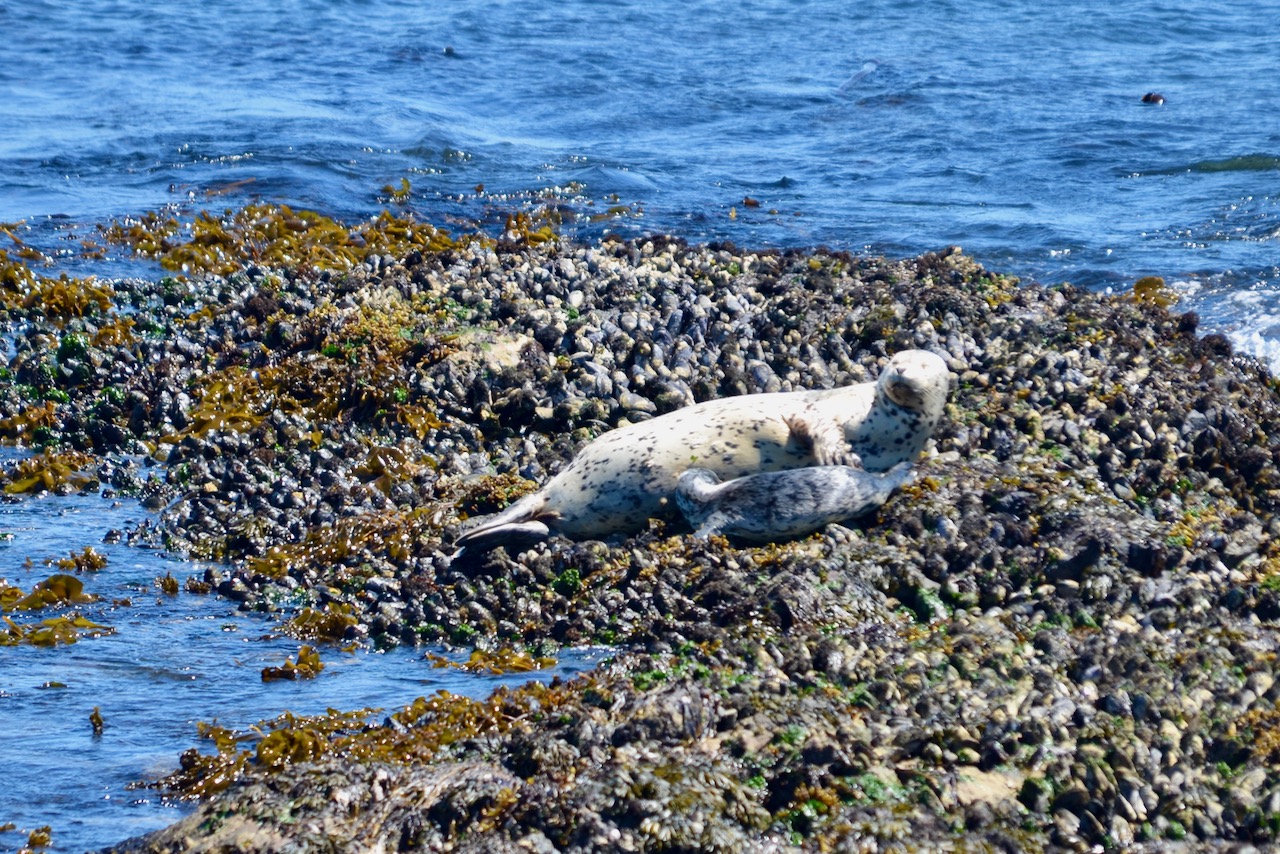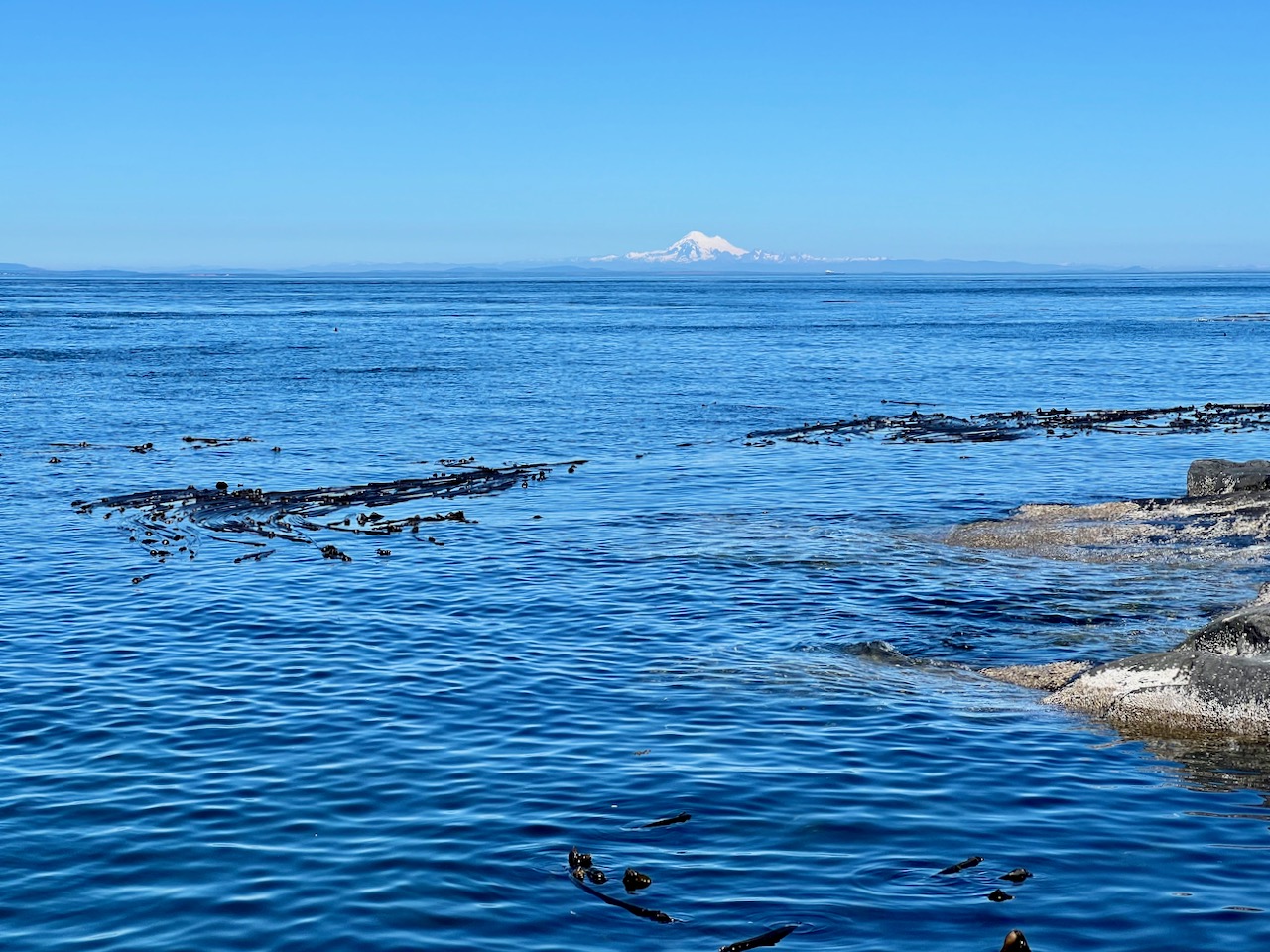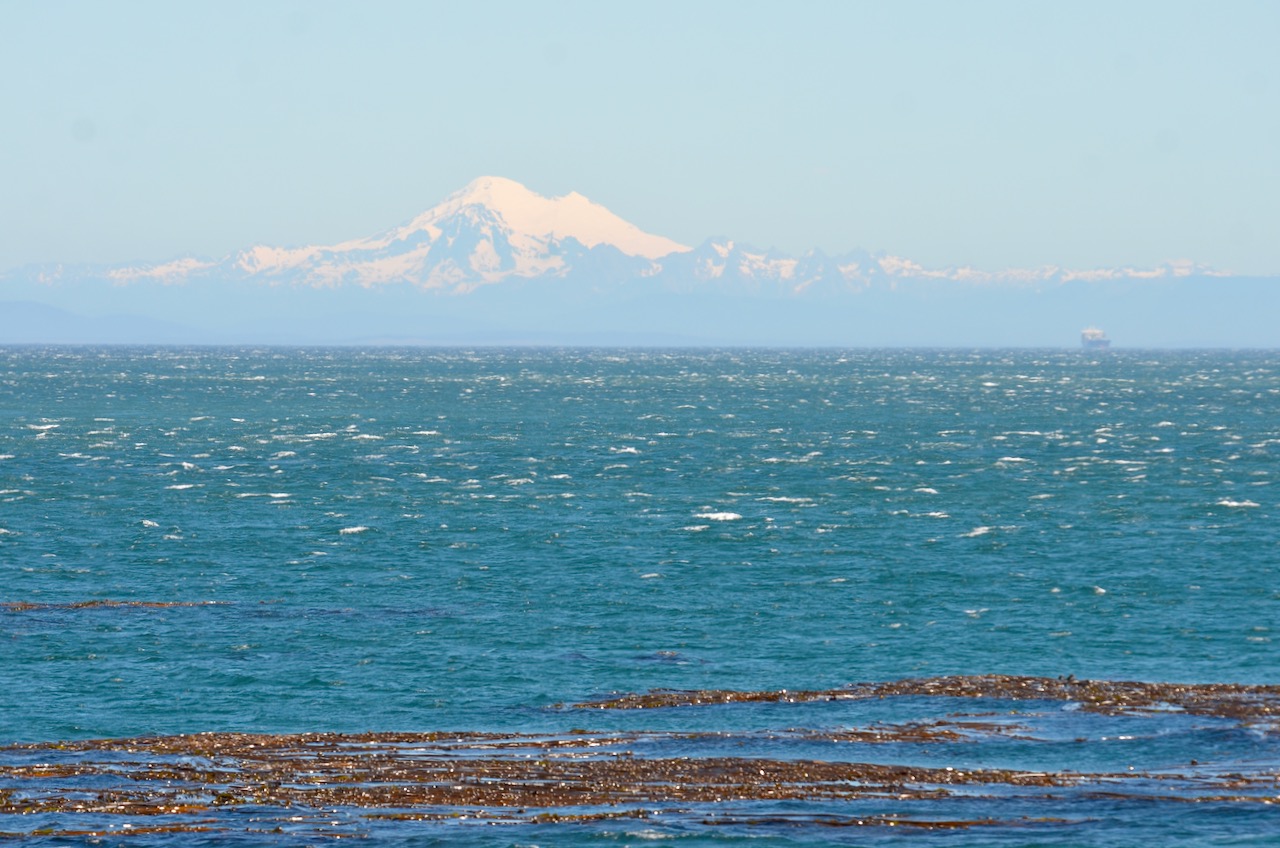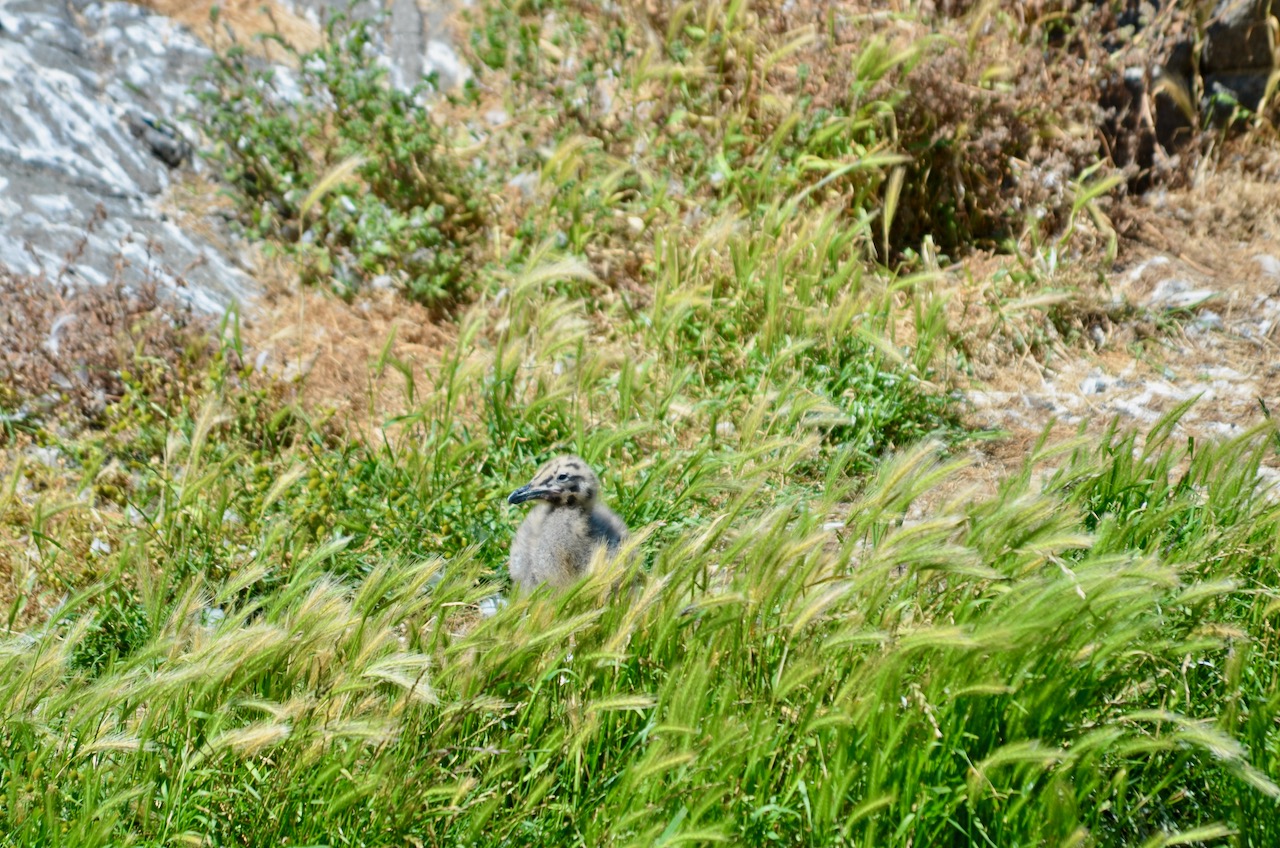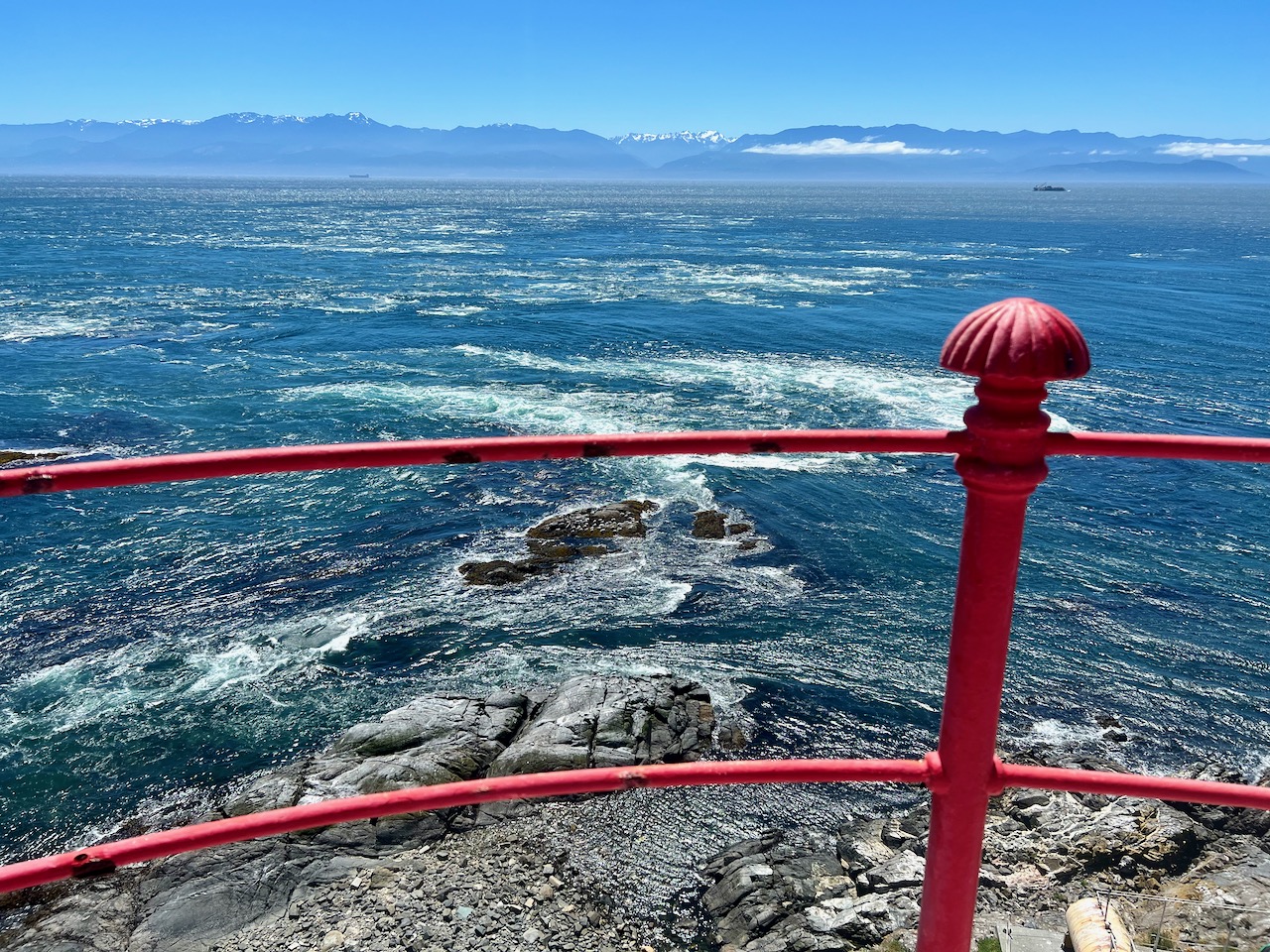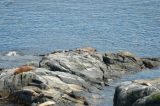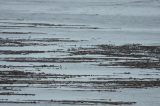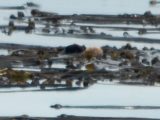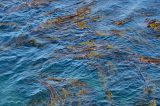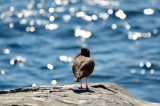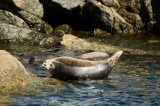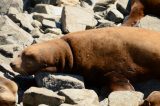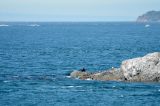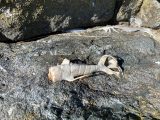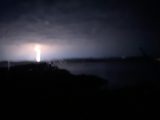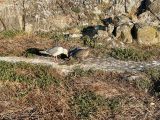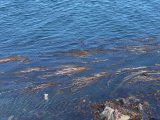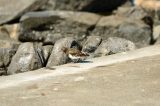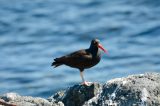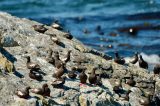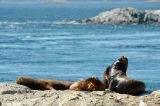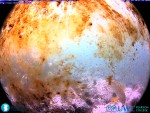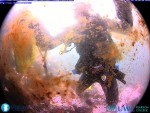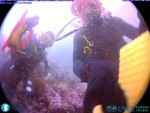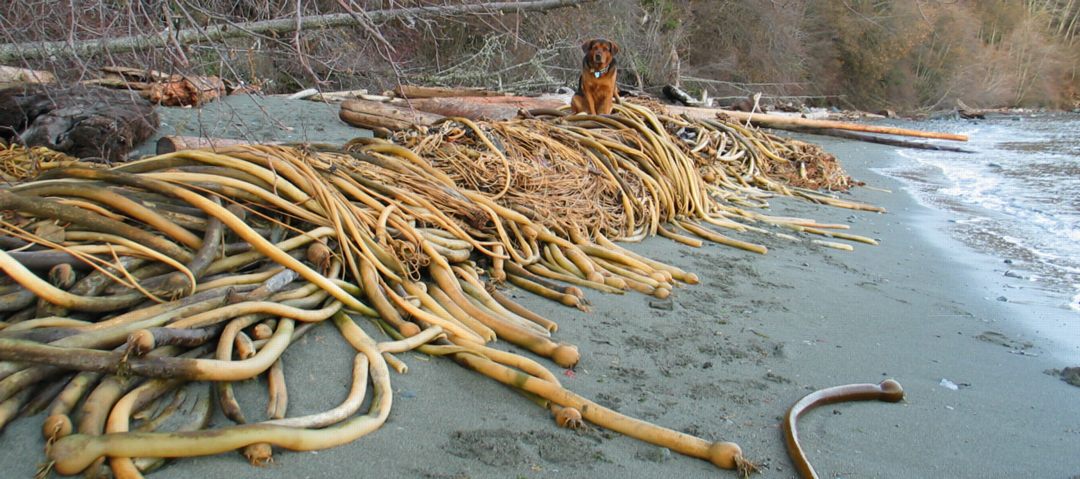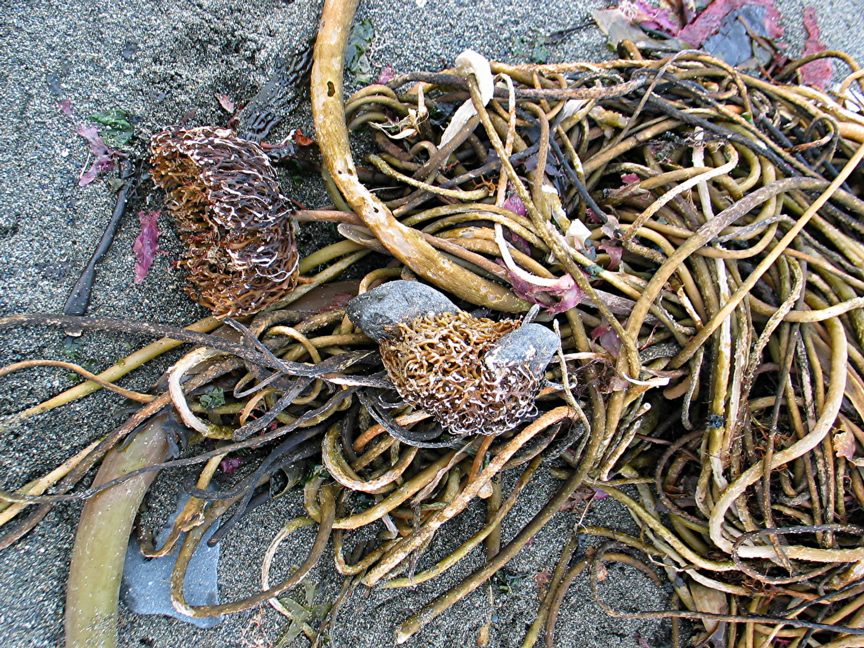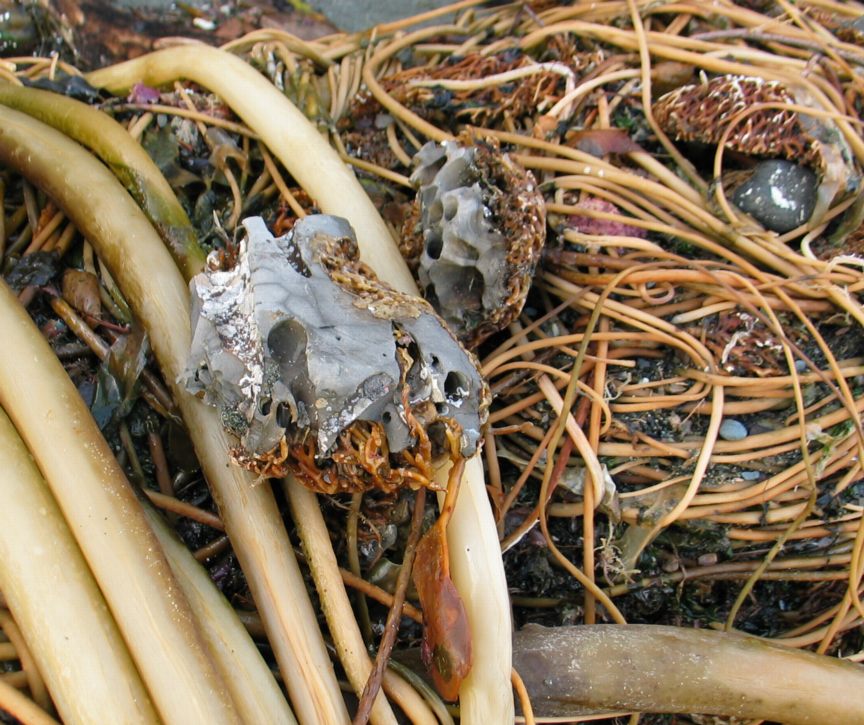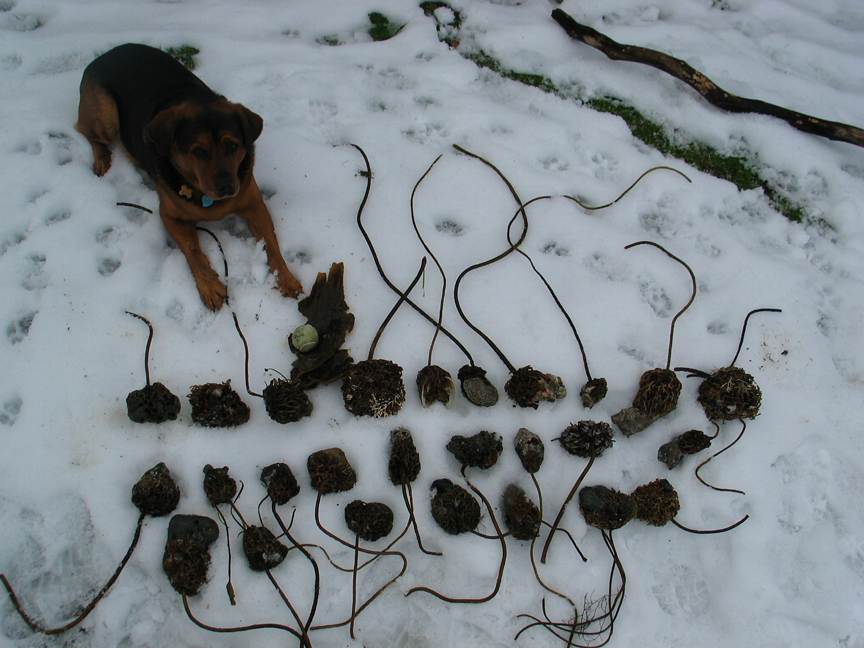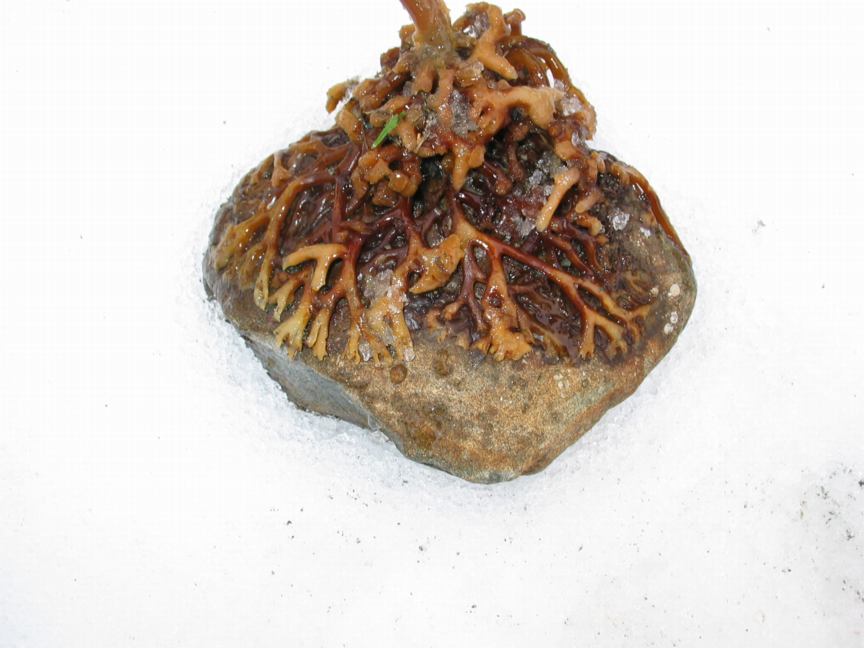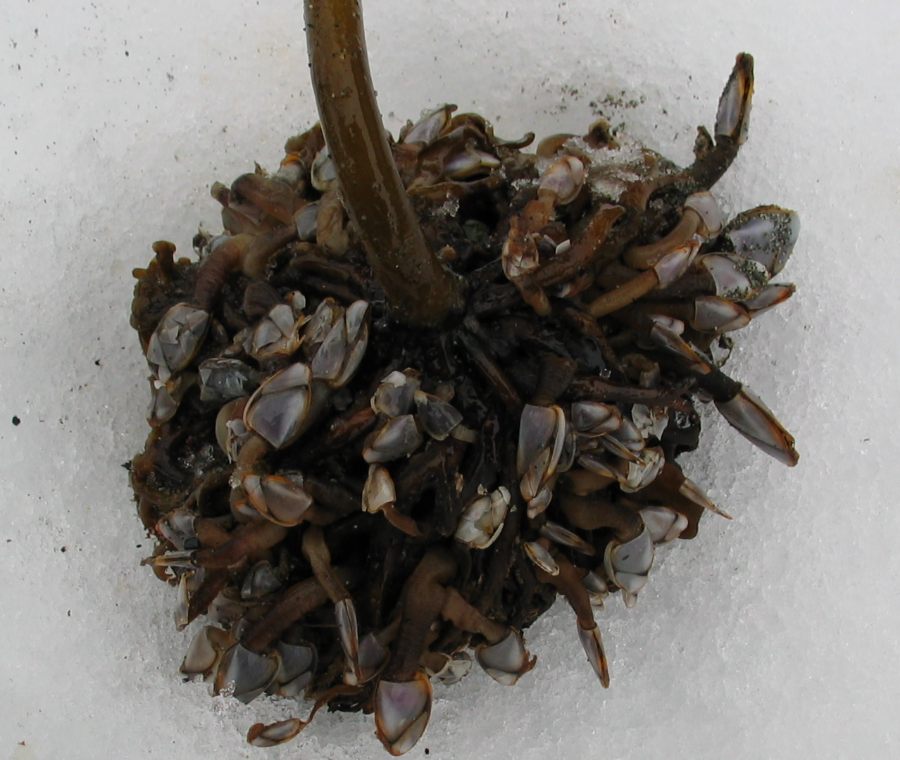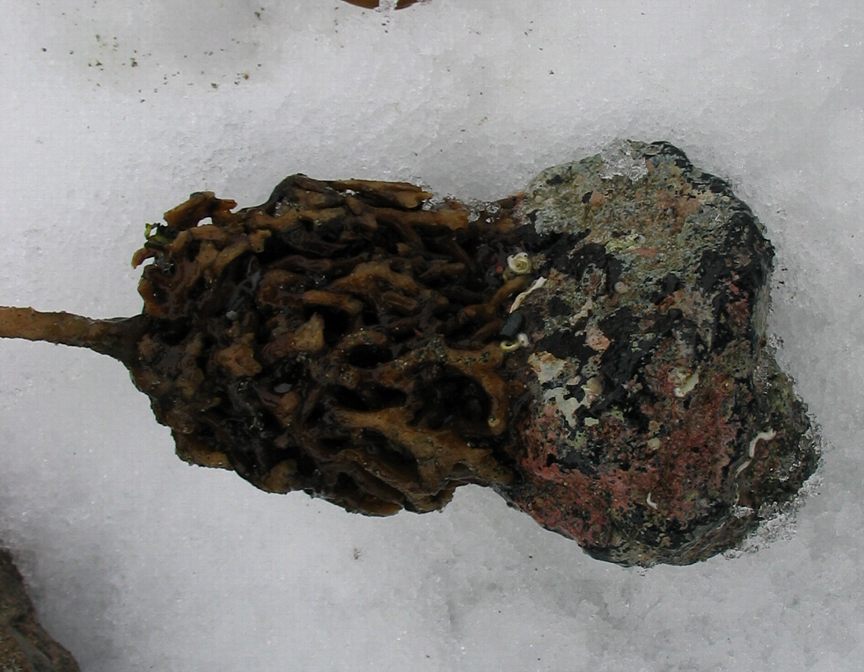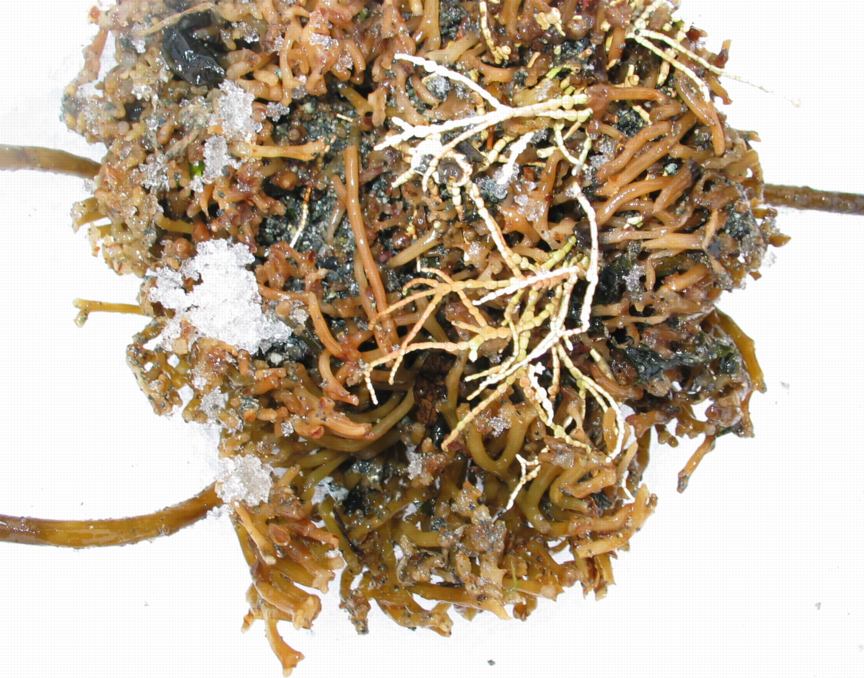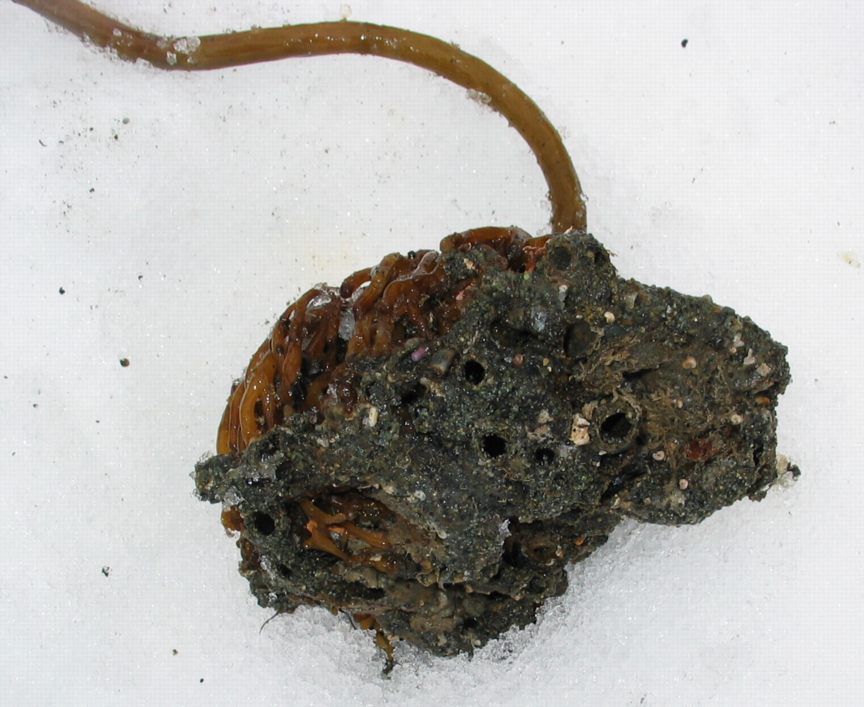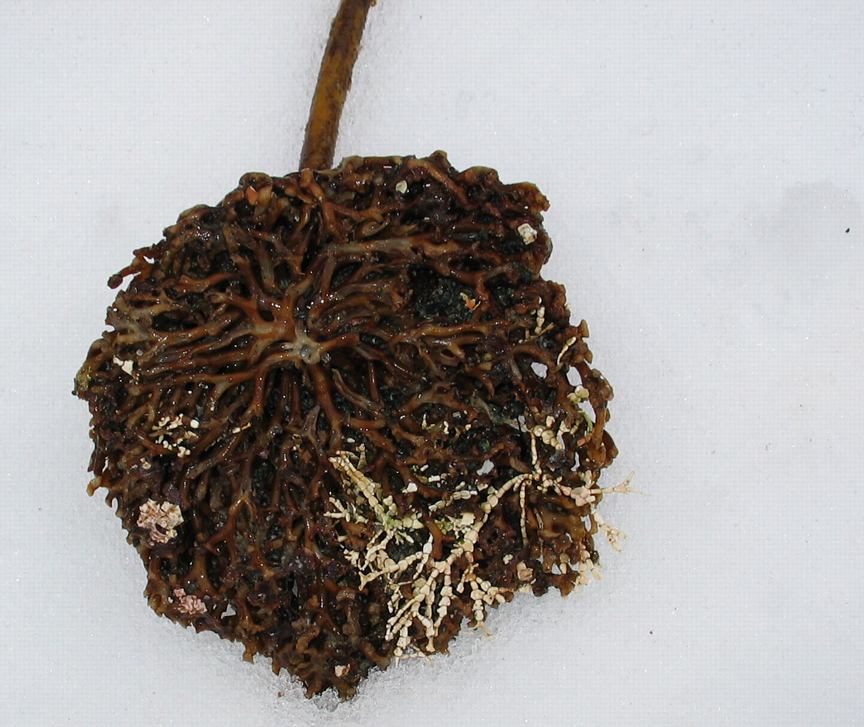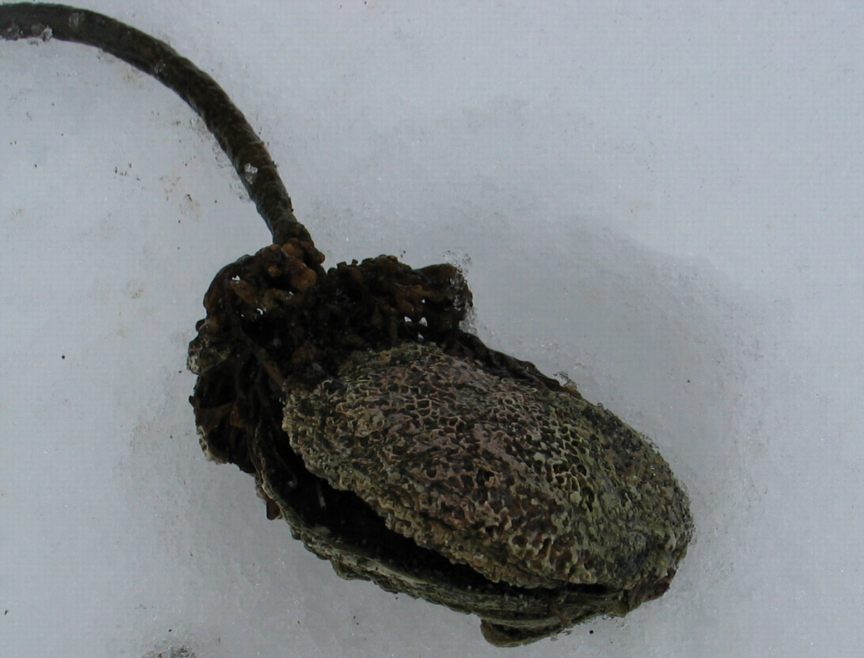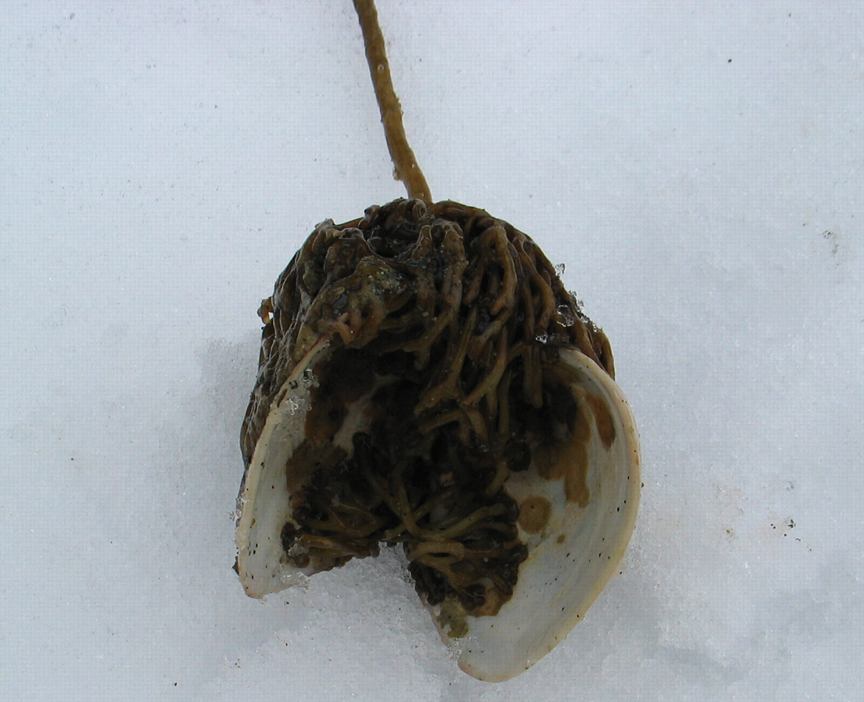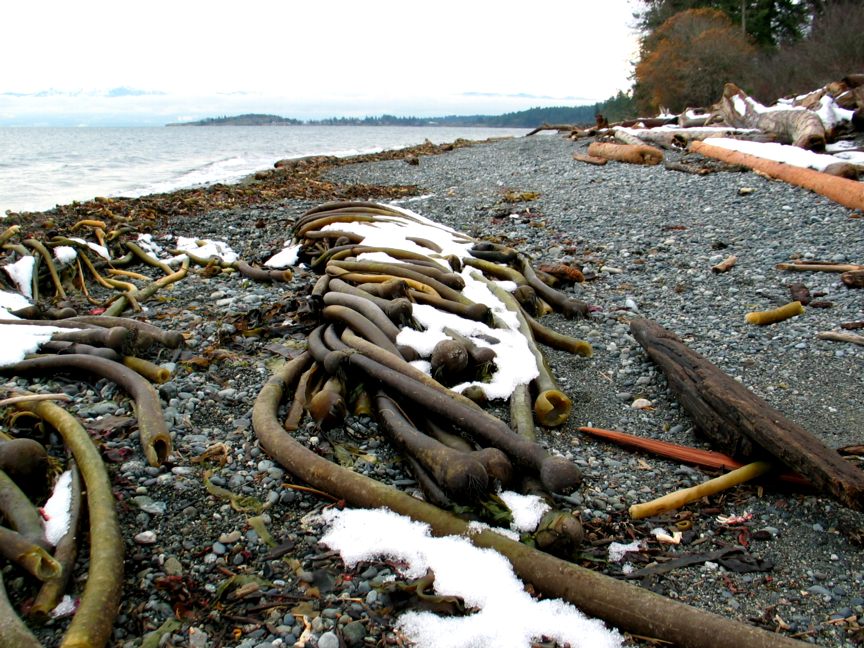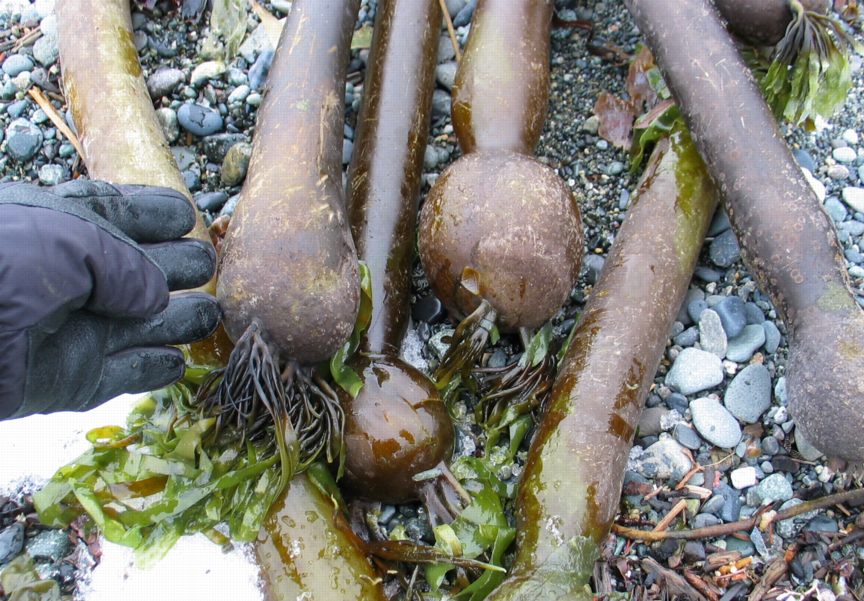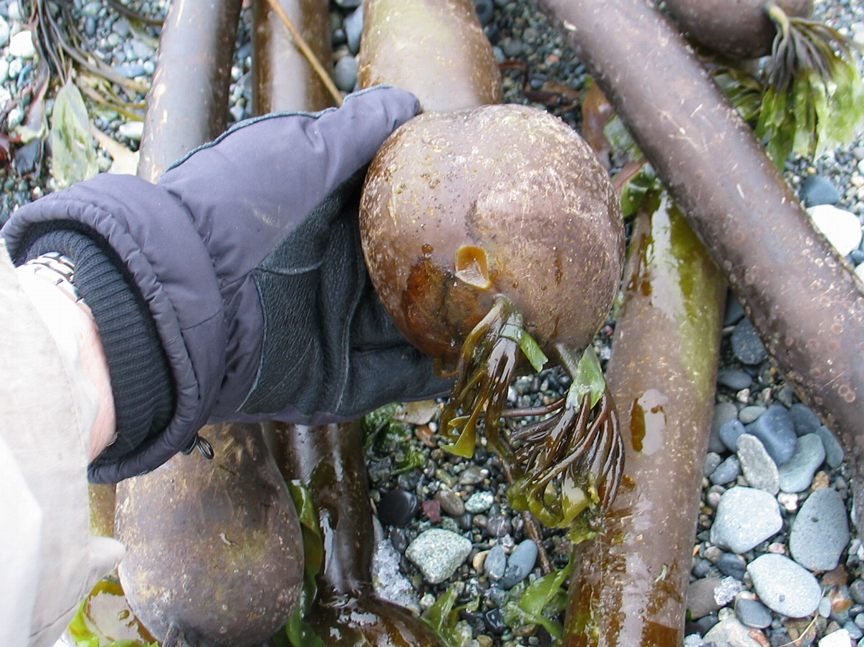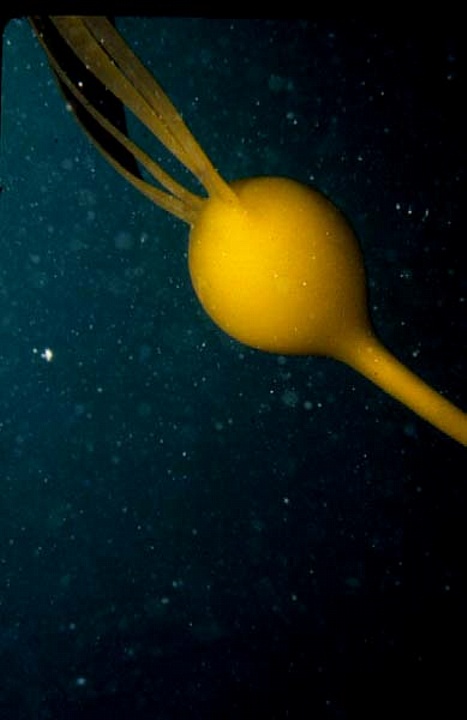Ecological Notes:
- Sea Lion numbers range up and down daily. Have notice more smaller sea lions this year, and can hear the higher squawks of younger ones. Unlike last year, I haven’t found any nursing pups yet.
- Barred Owl is still here. For a couple days, there were zero other birds on the top area of the main island (Canada Geese, Turnstones, Gulls, or Dunlins)….. but they are gradually returning now. I suspect maybe the Owl hunted extensively one night and scared them all away(?)
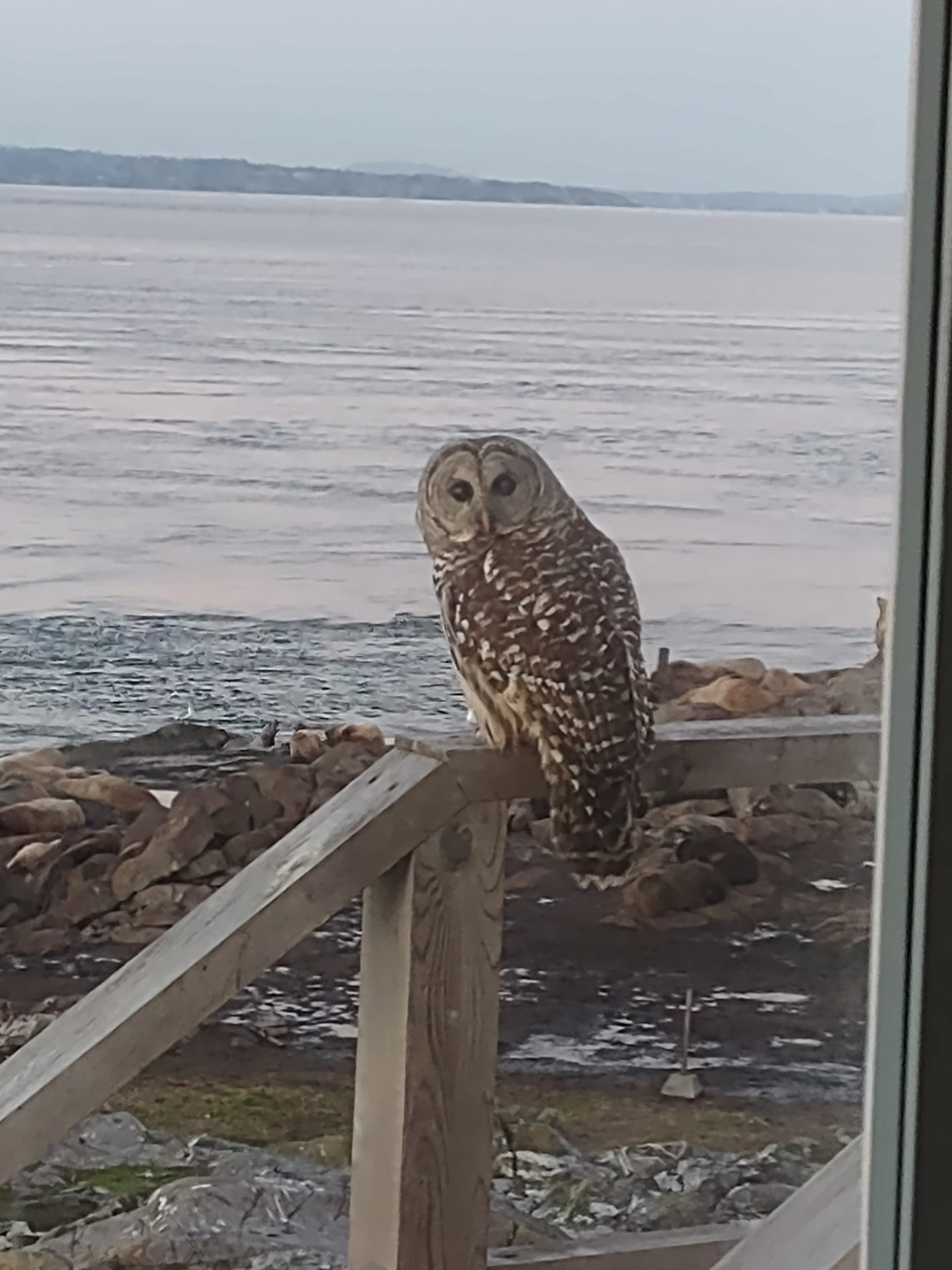
- Humpback whales still visible daily
- On one day, in addition to the Humpbacks, Southern Resident Orca passed south of the reserve heading west, and Bigg’s (Transient) Orca passed heading East. While they were too far to get photographs, both groups were visible by eye (once I located them with binoculars)
Visitors:
- Group of students and instructor from Pearson College visited for the weekend. They were primarily interested in mapping the kelp forests and how they are affected by Urchins and Sea Otters. They helped with other projects and used the ROV to view the underwater area off the jetty.
- Contractors to work on the main house windows
Facility Work:
- Now able to start bucking logs from the ramp area and moving to the full bucking area for firewood.
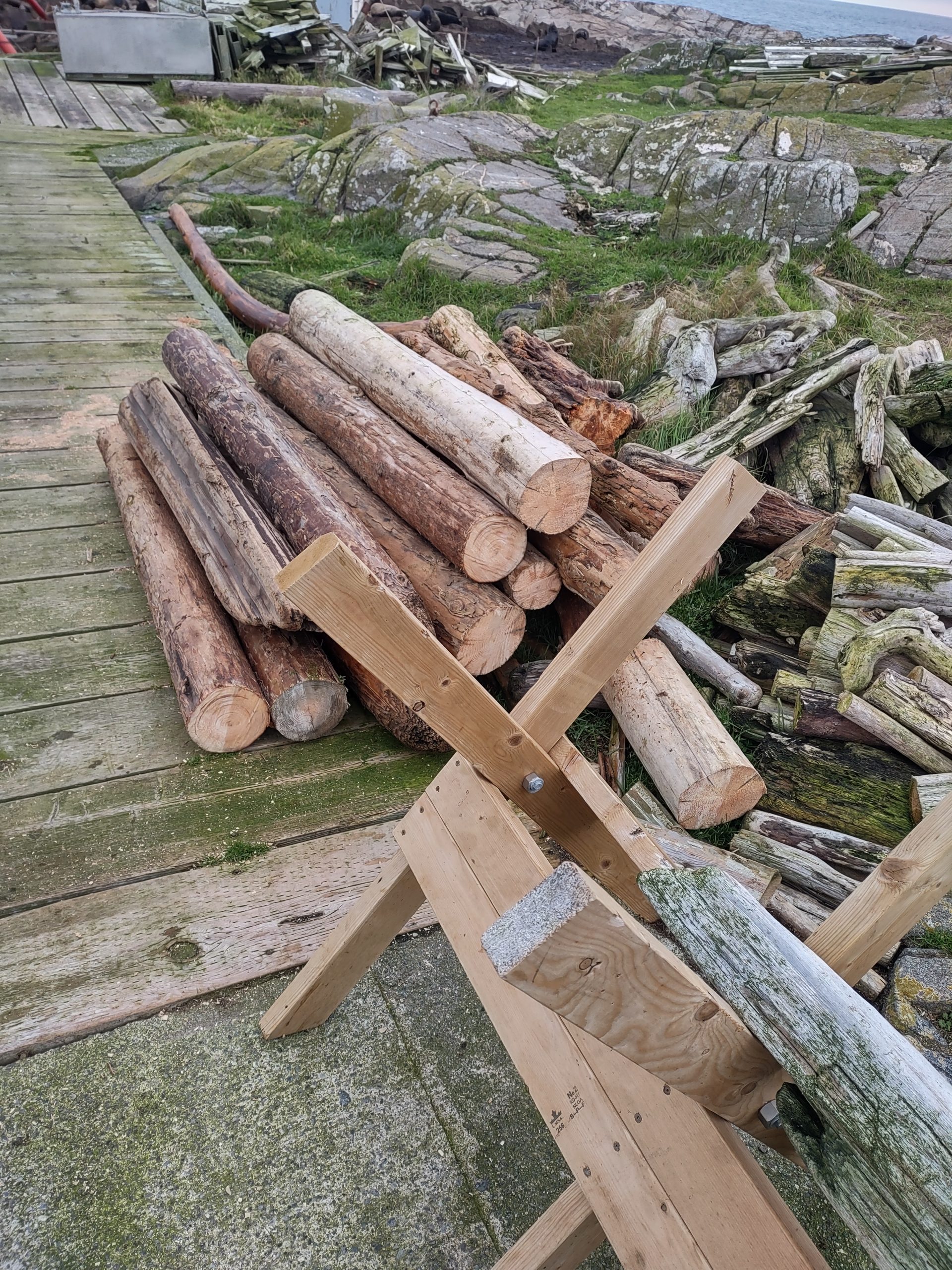
- Cleaned and prepped the science house for the students visit
- Did another full sweep of the main island to remove dead gull carcasses
- Contractors continue the finishing work on the newly installed windows, moving primarily to the sills and finish on the inside.
- Communicating with DFO in regards to the salinity measurements. They seem high, even though the meter was recently replaced. Tested with a meter owned by Pearson College and that meter showed numbers I would be expecting.
- Ongoing spray down of walkways and decks to reduce slim and algae, but wondering if the cooler weather is reducing the effectiveness of the spray(?)
Noted Vessel Traffic:
- Continued visits by Eco- Tourism vessels
- Some private vessels transiting, some pausing to enjoy the nature in the reserve.
Noted Infractions:
- No attempted fishing detected
- Transit and departure speeds all good
Weather Events:
- Winds pretty consistent NNE 10-15 Kts
- Mixes of partial cloudy, and some fog at night
- Temperatures ranging 4 to 7 degrees
** All wildlife photos taken at the furthest distance possible, and may be cropped to improve detail! **
Weather – Current:
http://www.victoriaweather.ca/current.php?id=72
Weather – Past:



